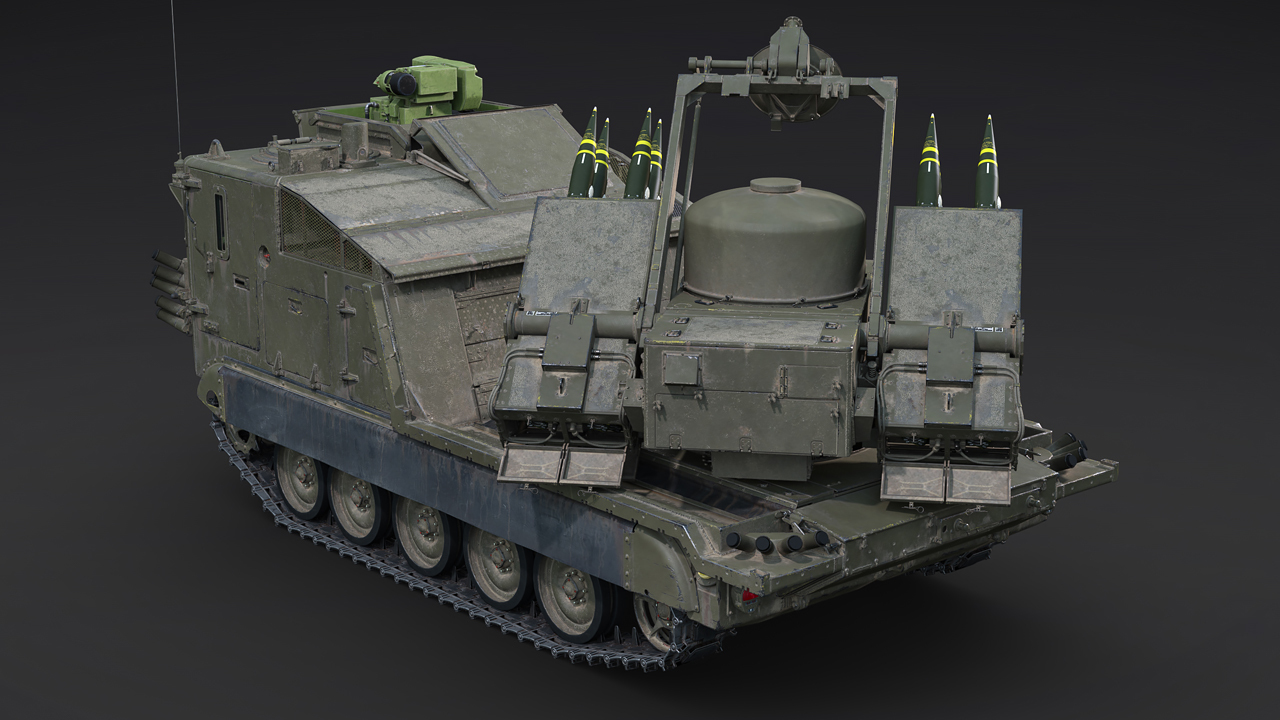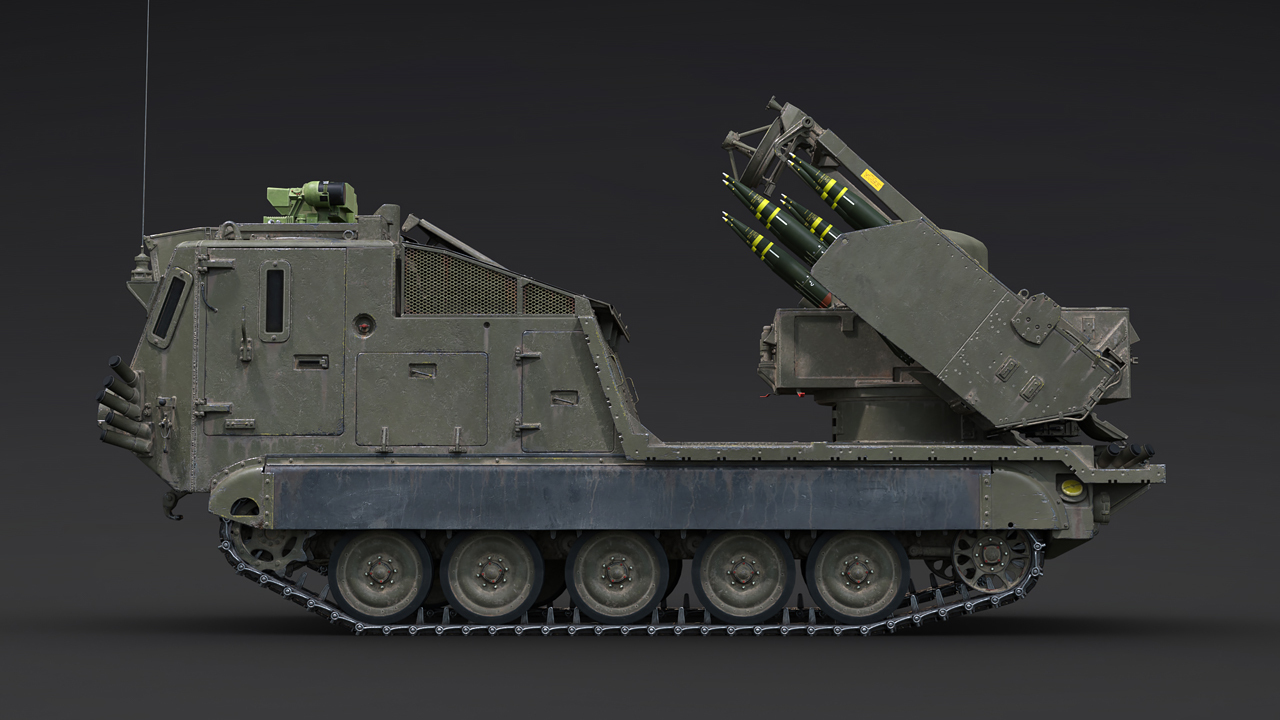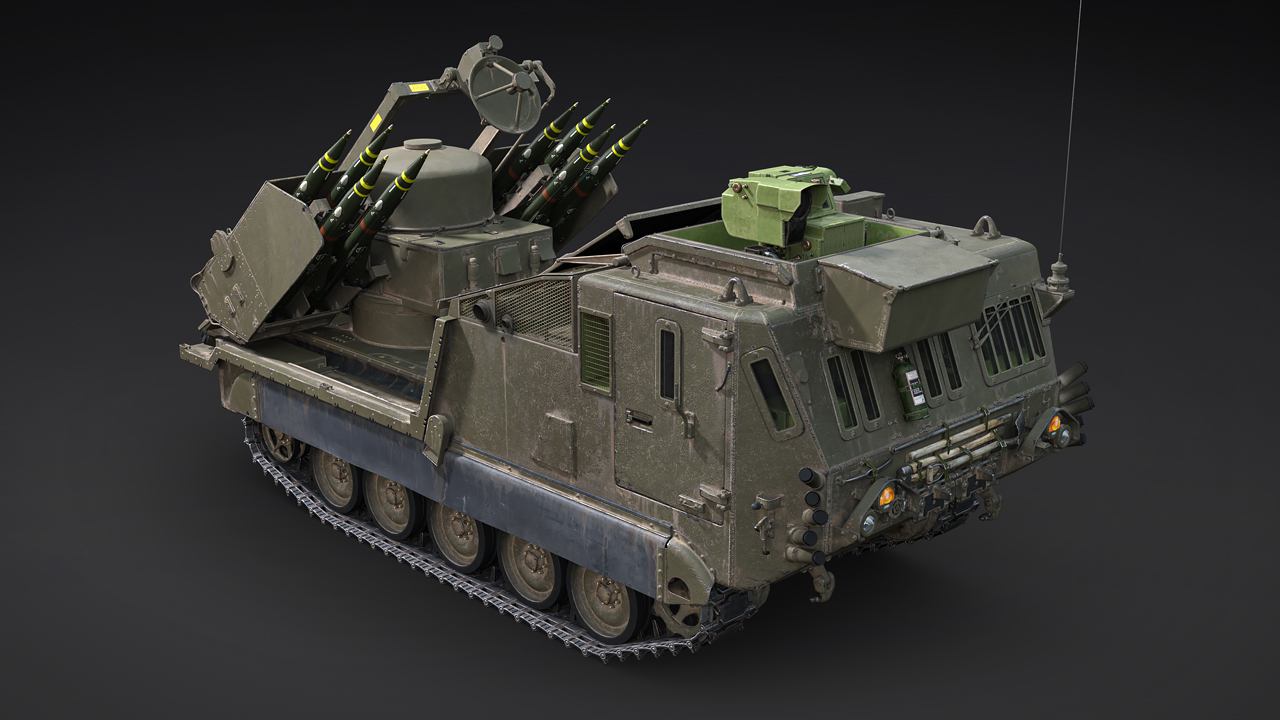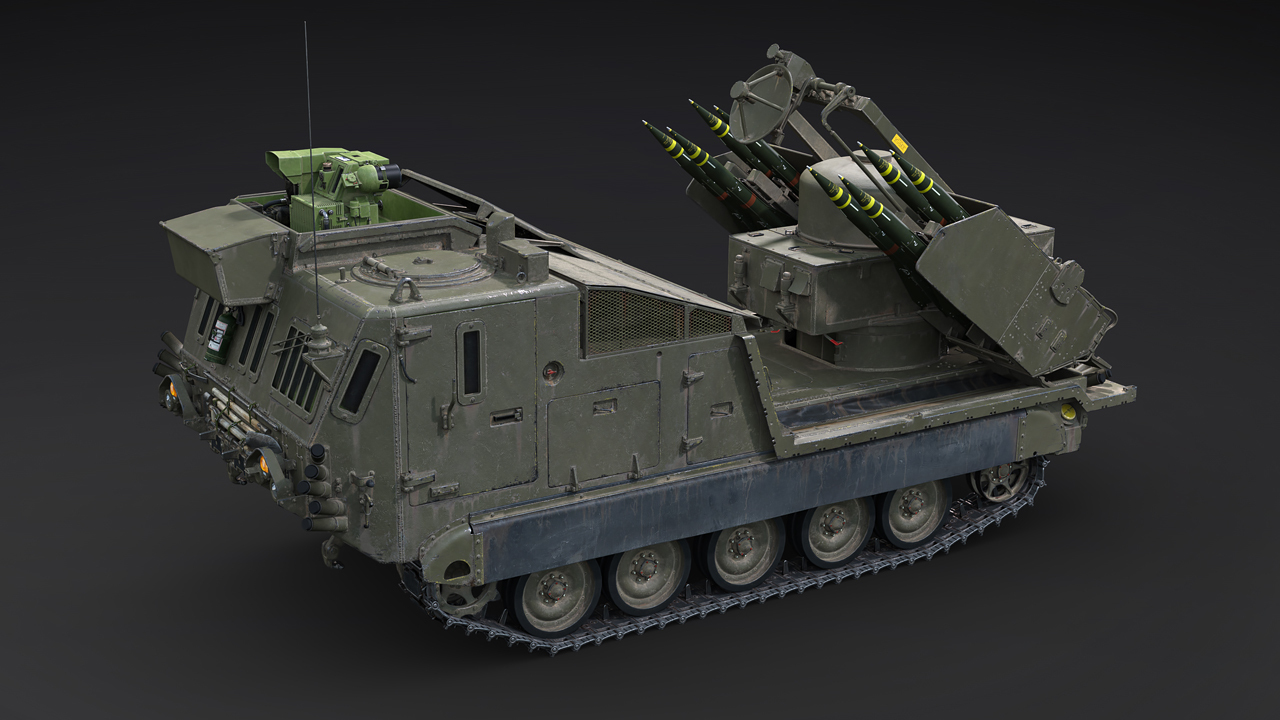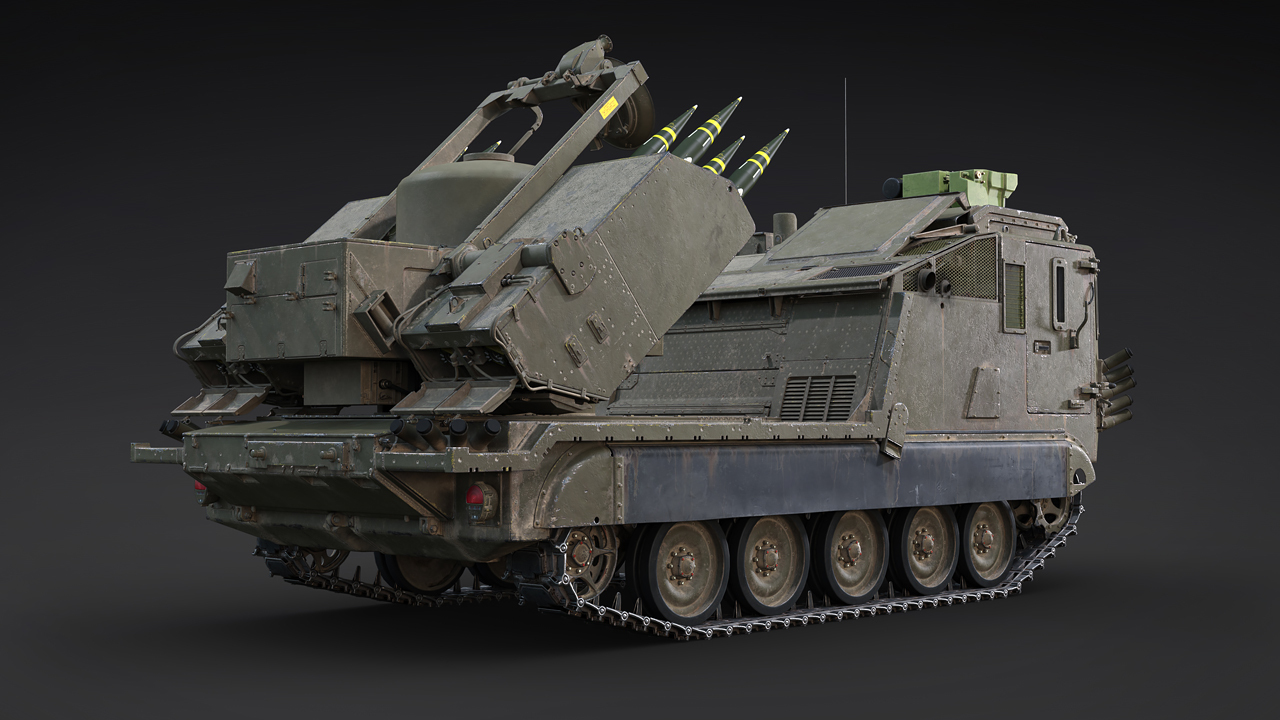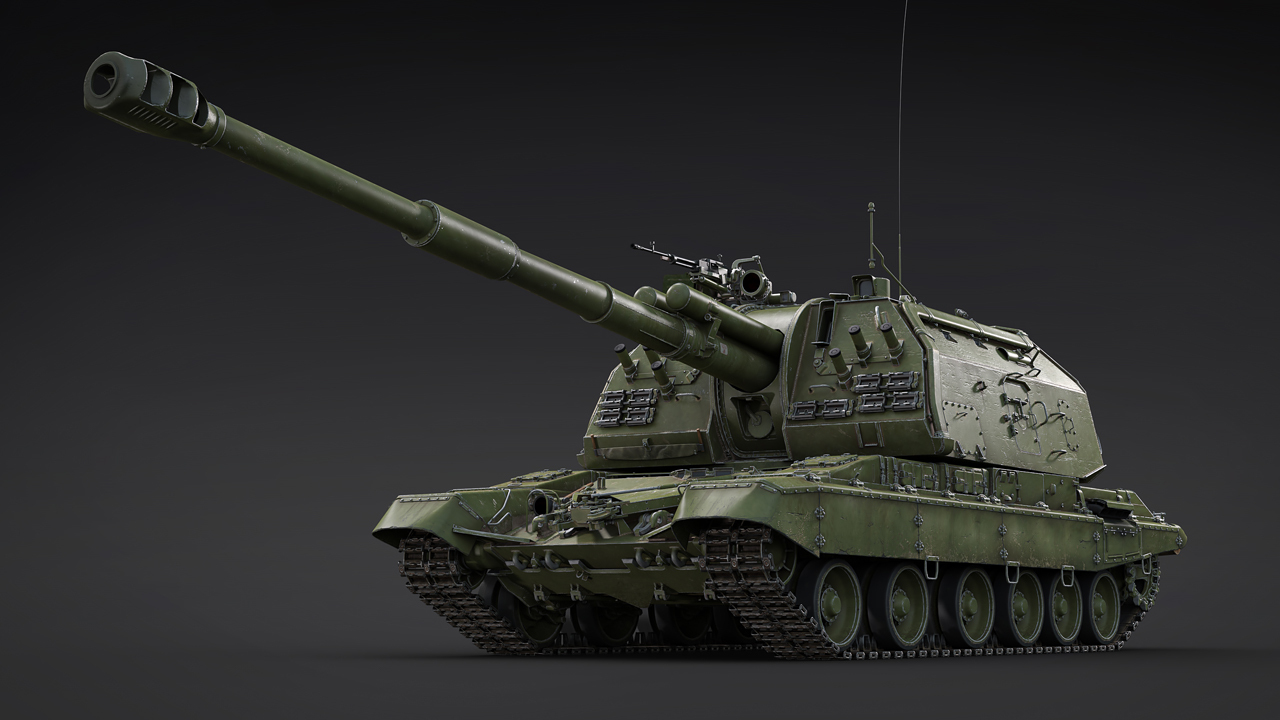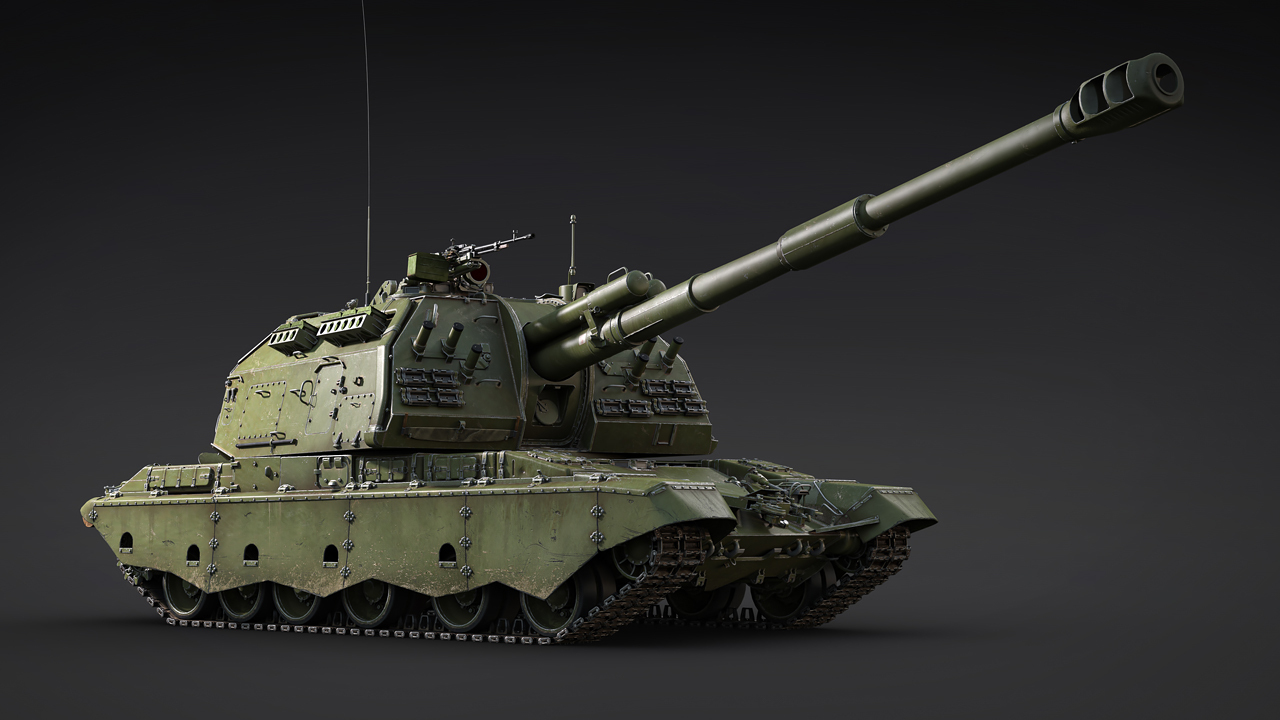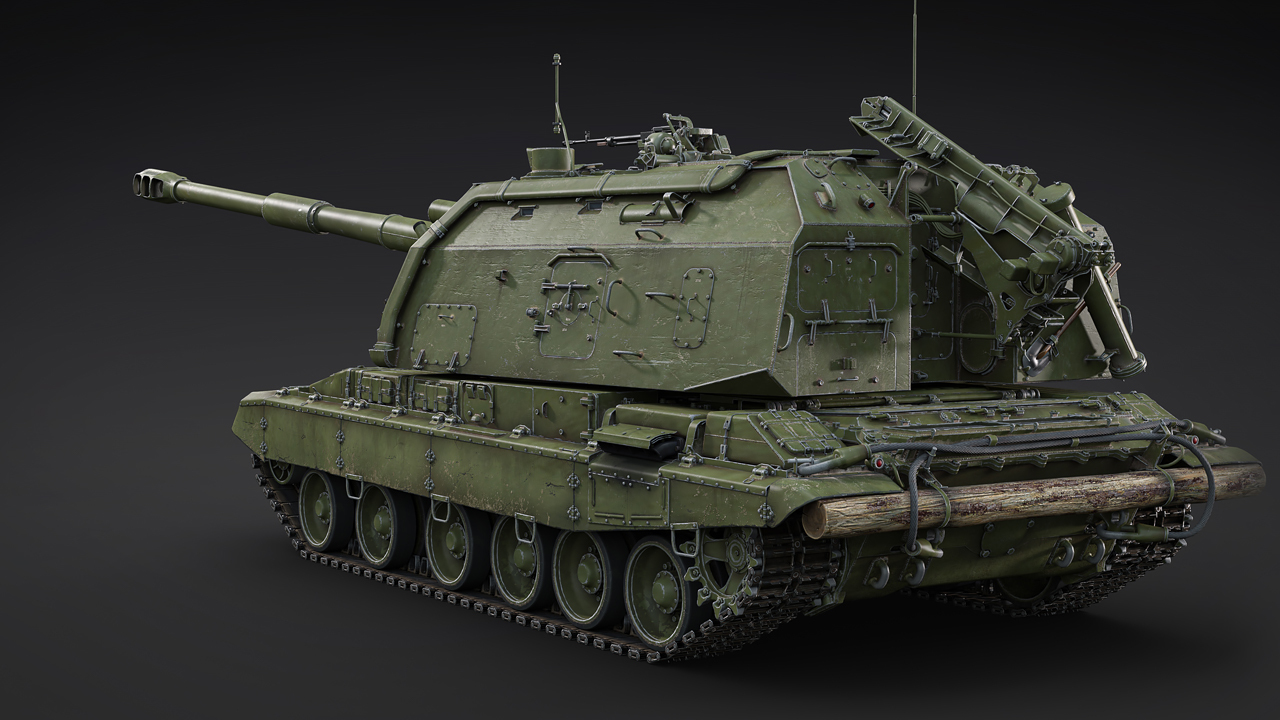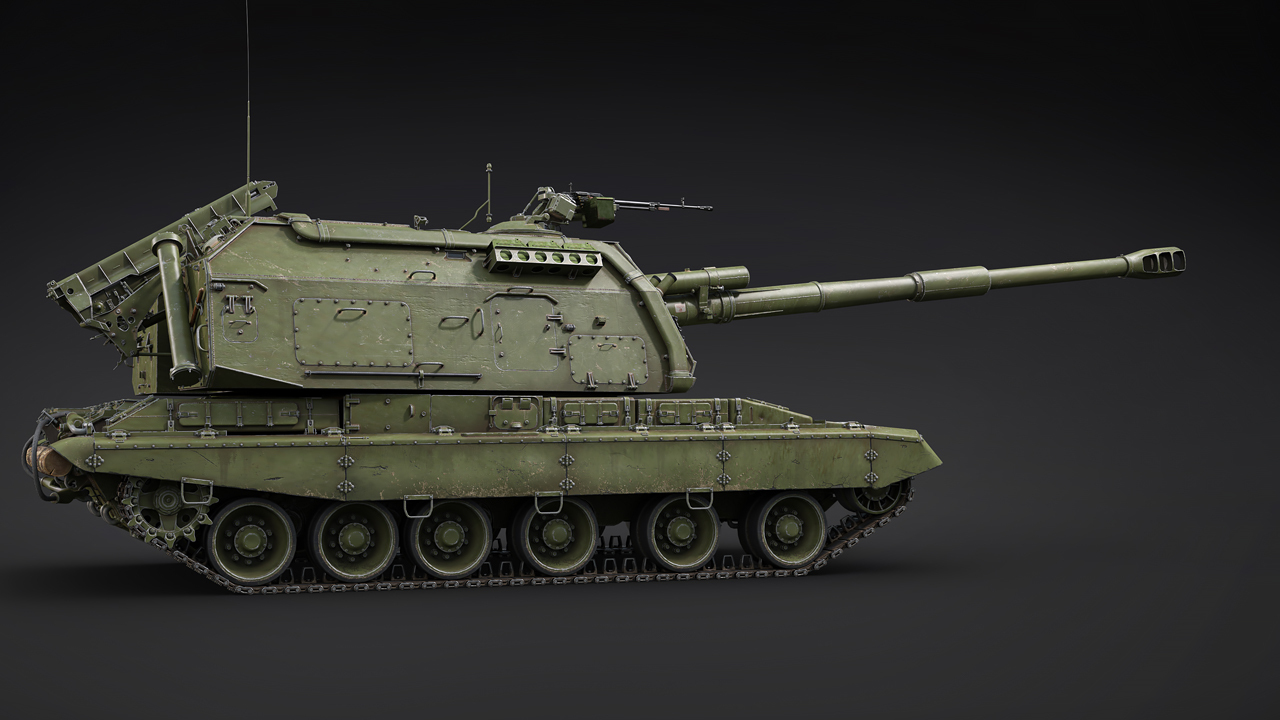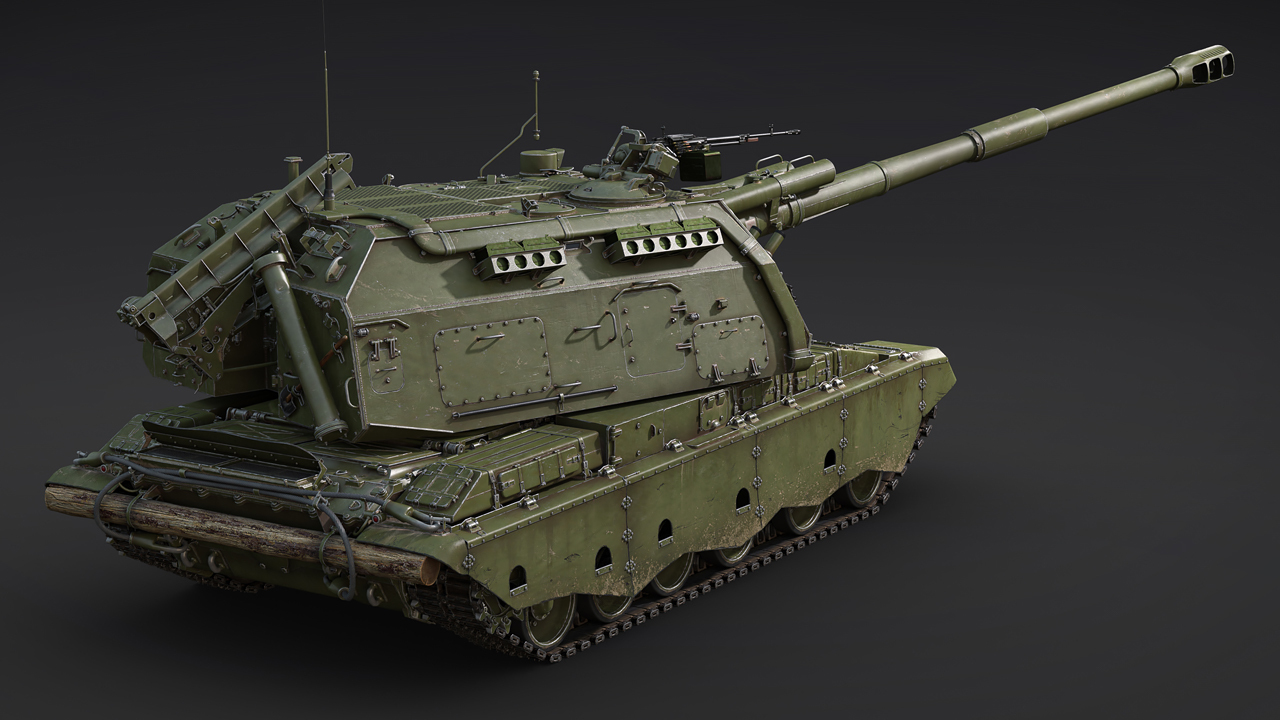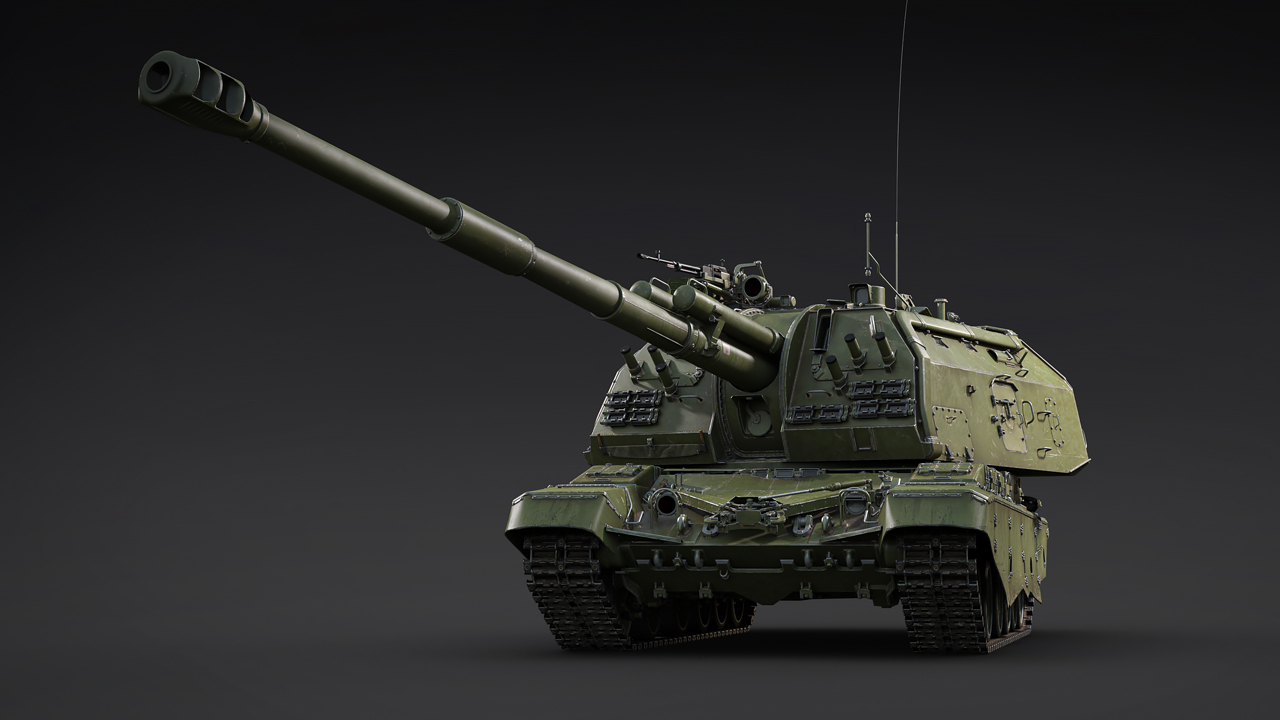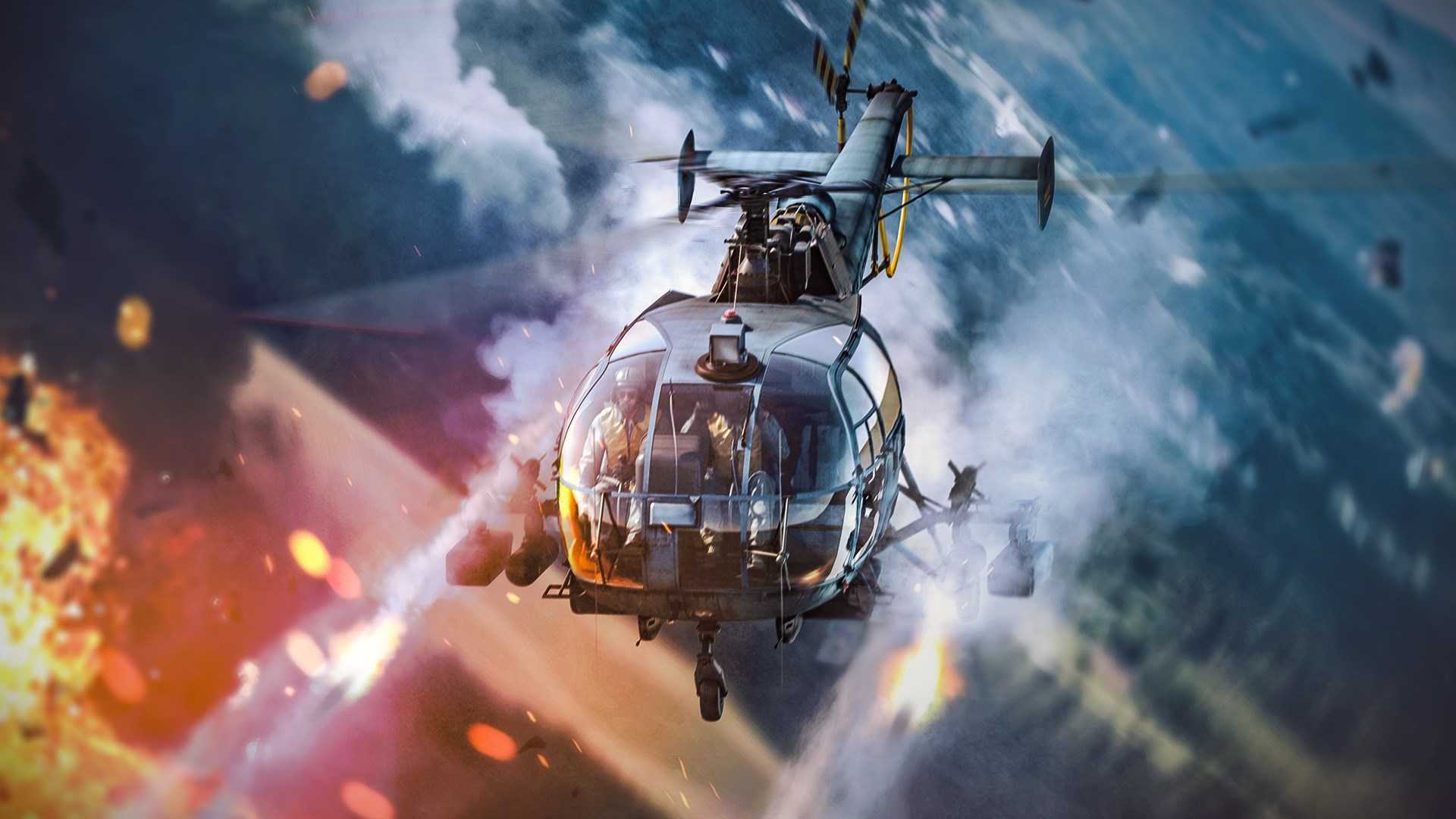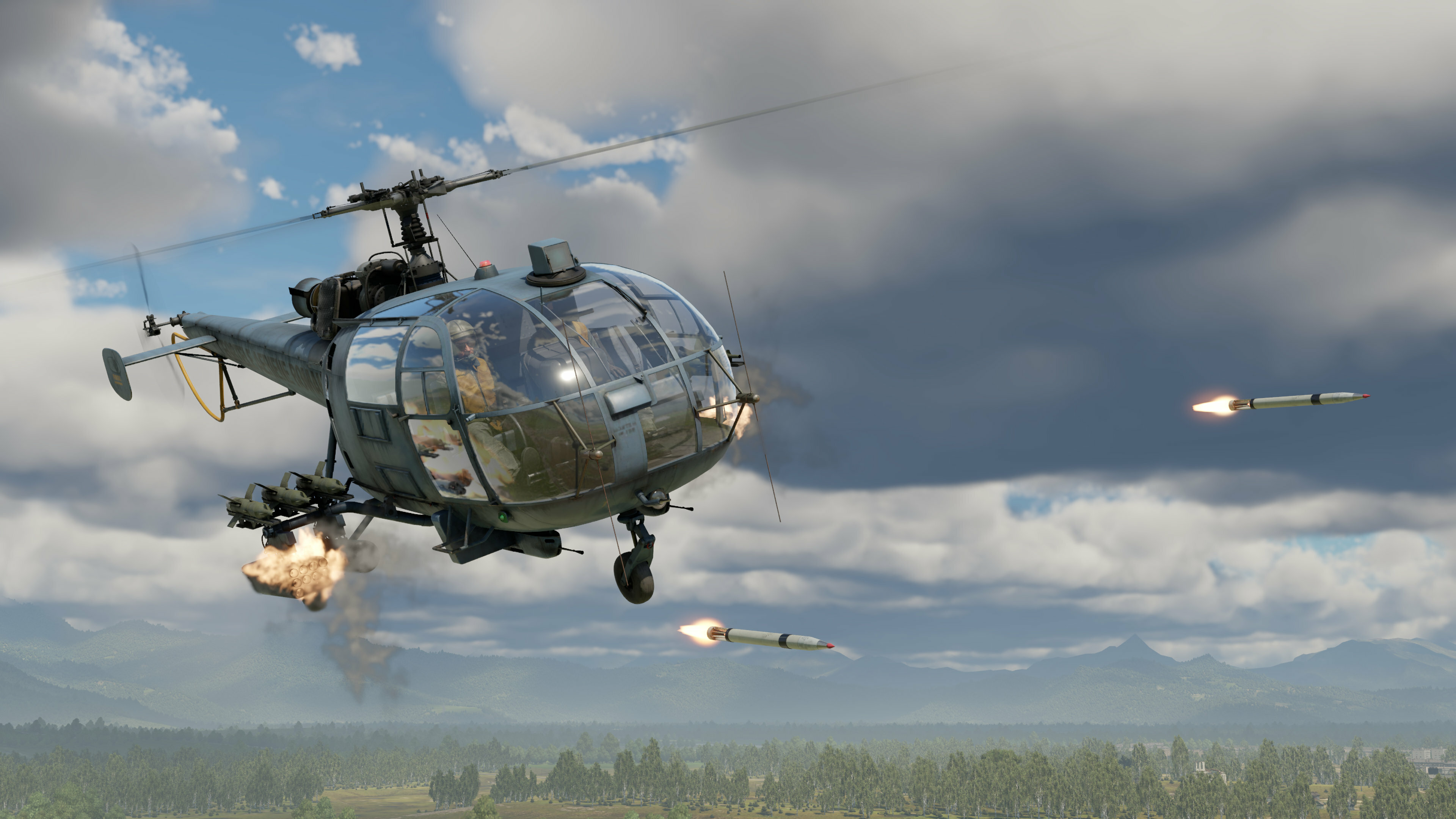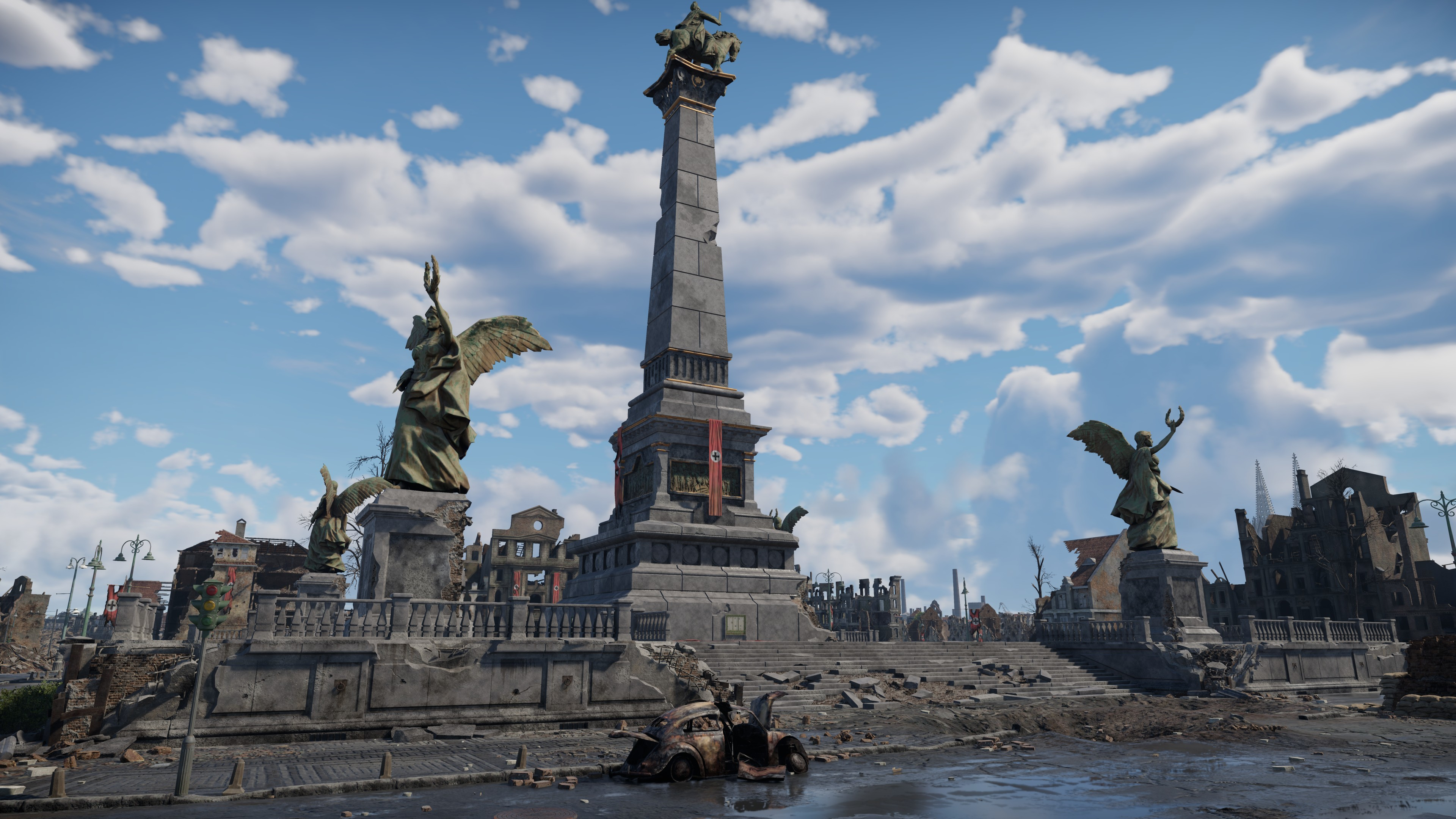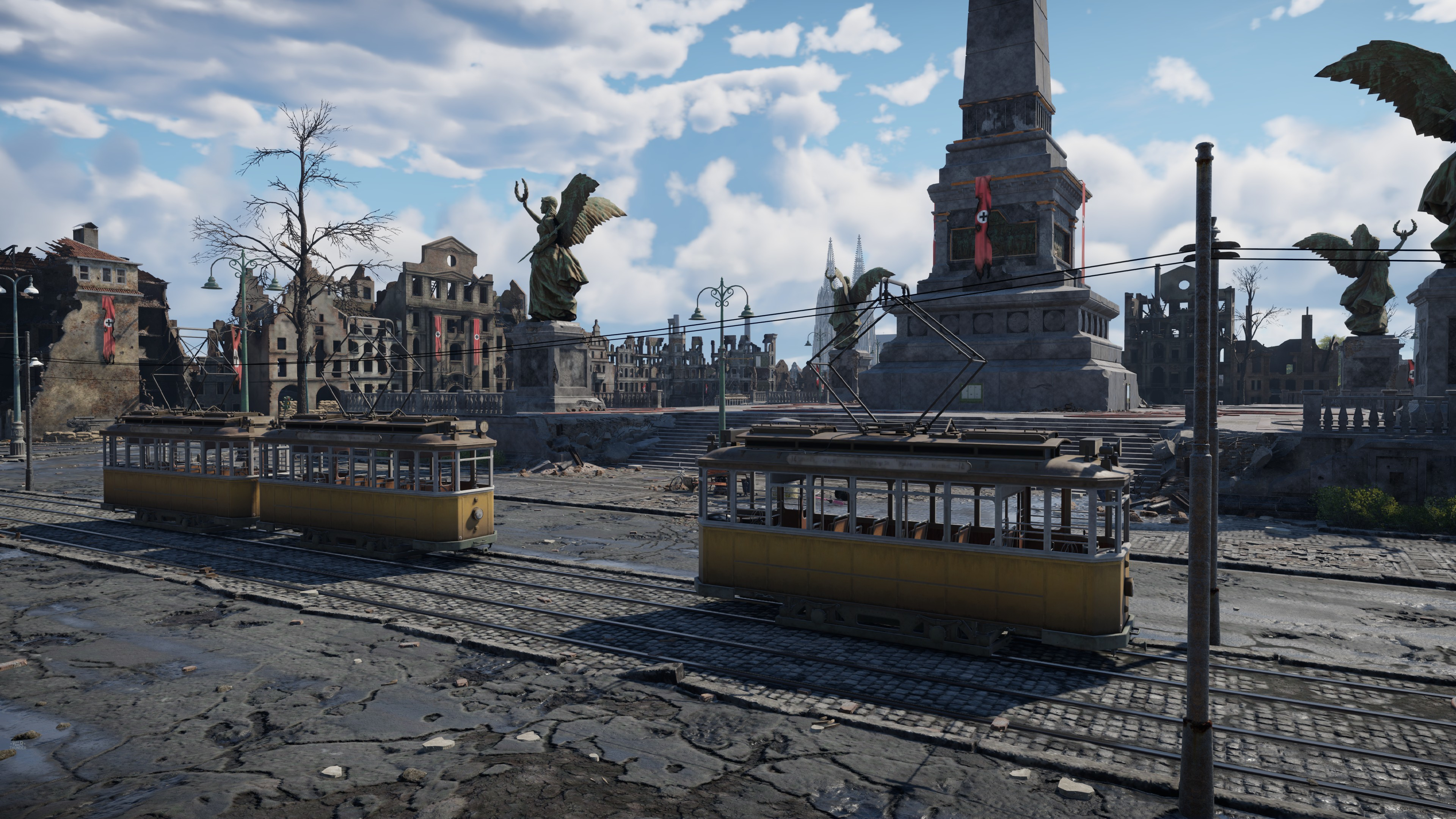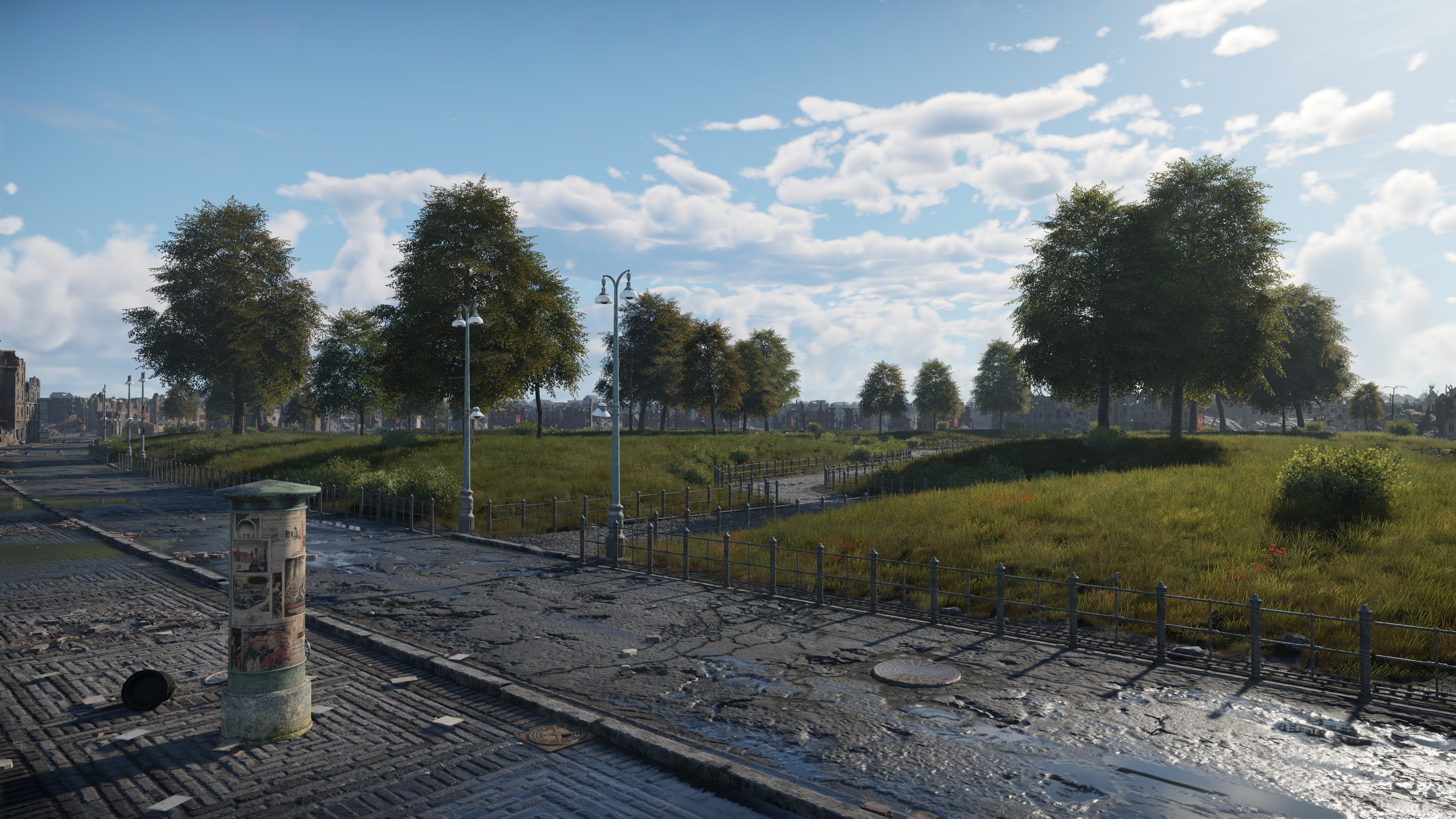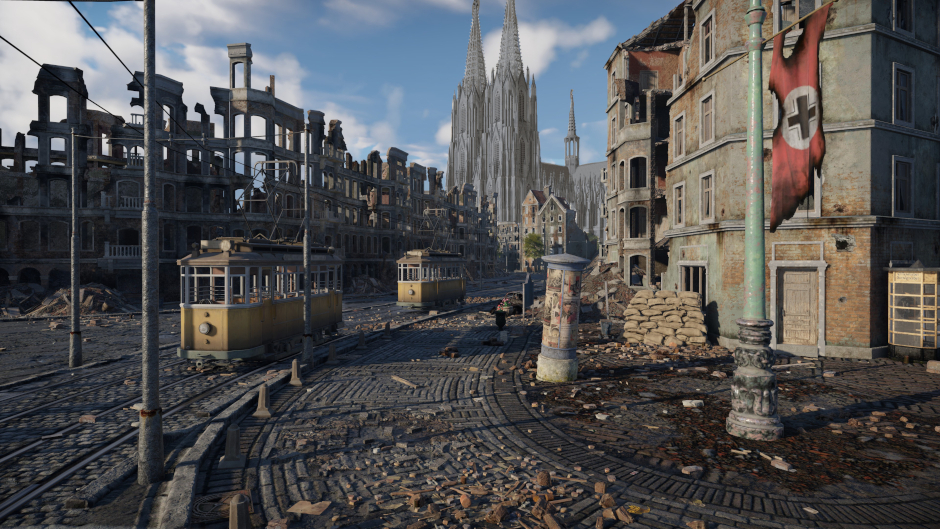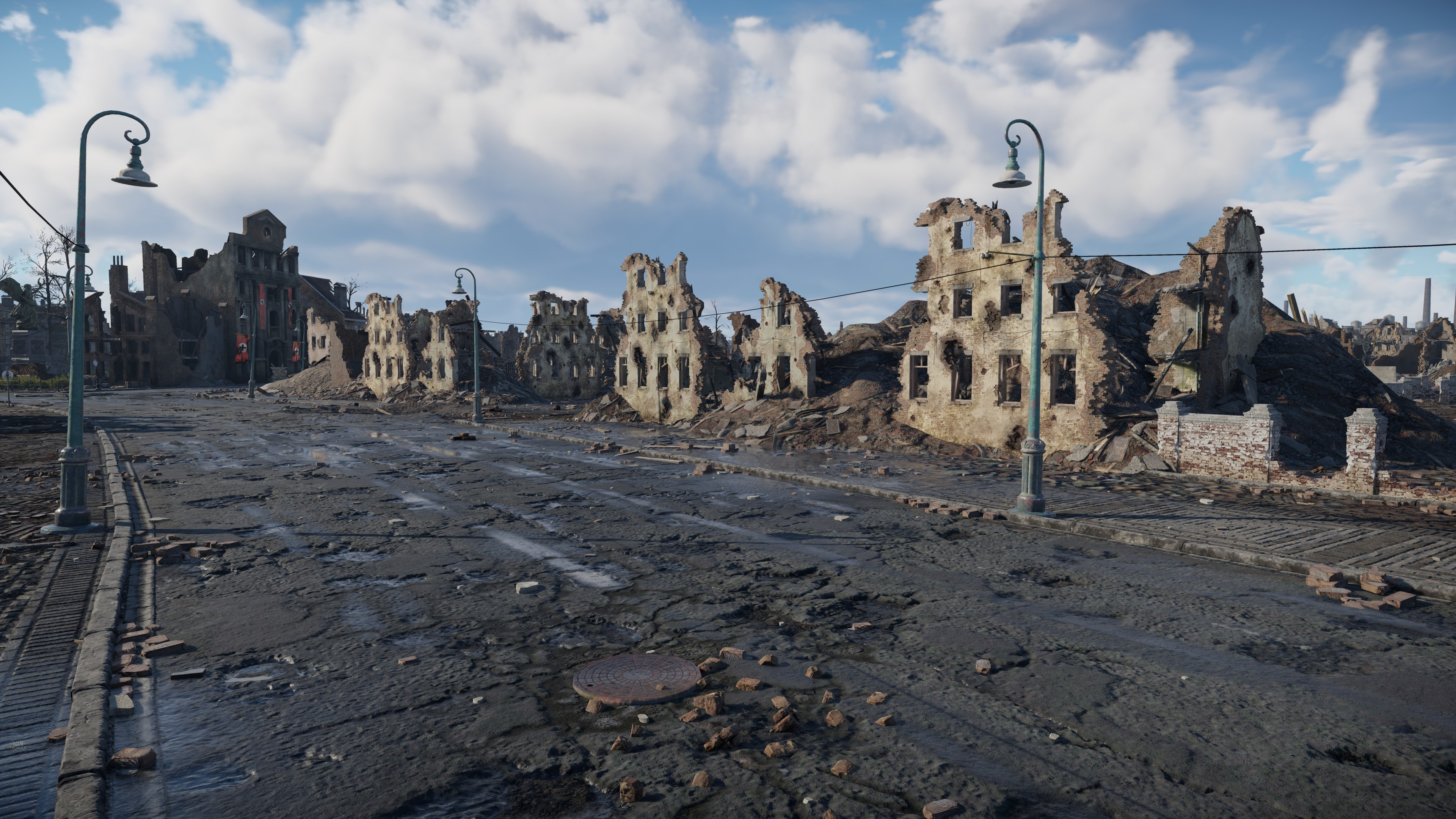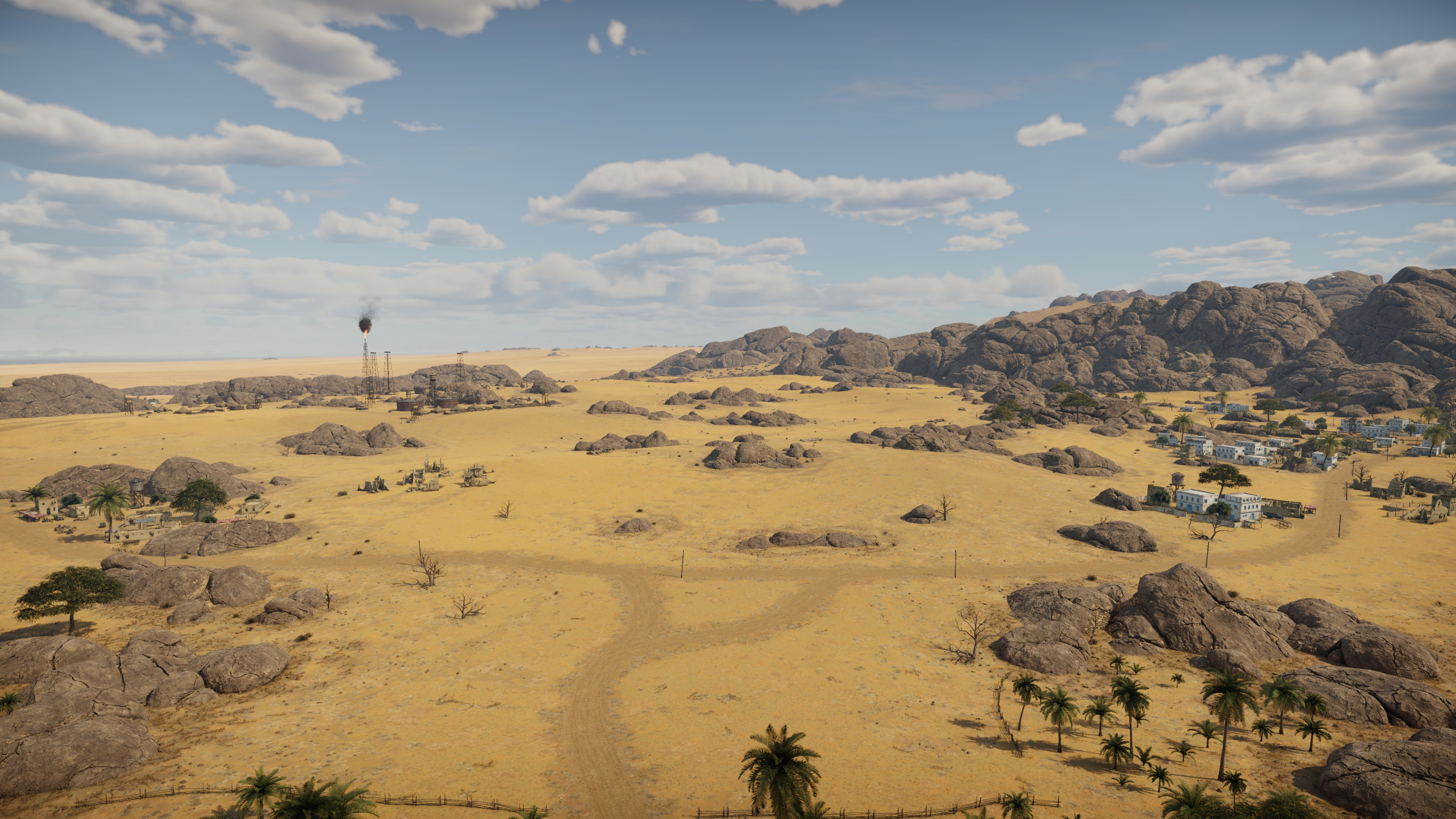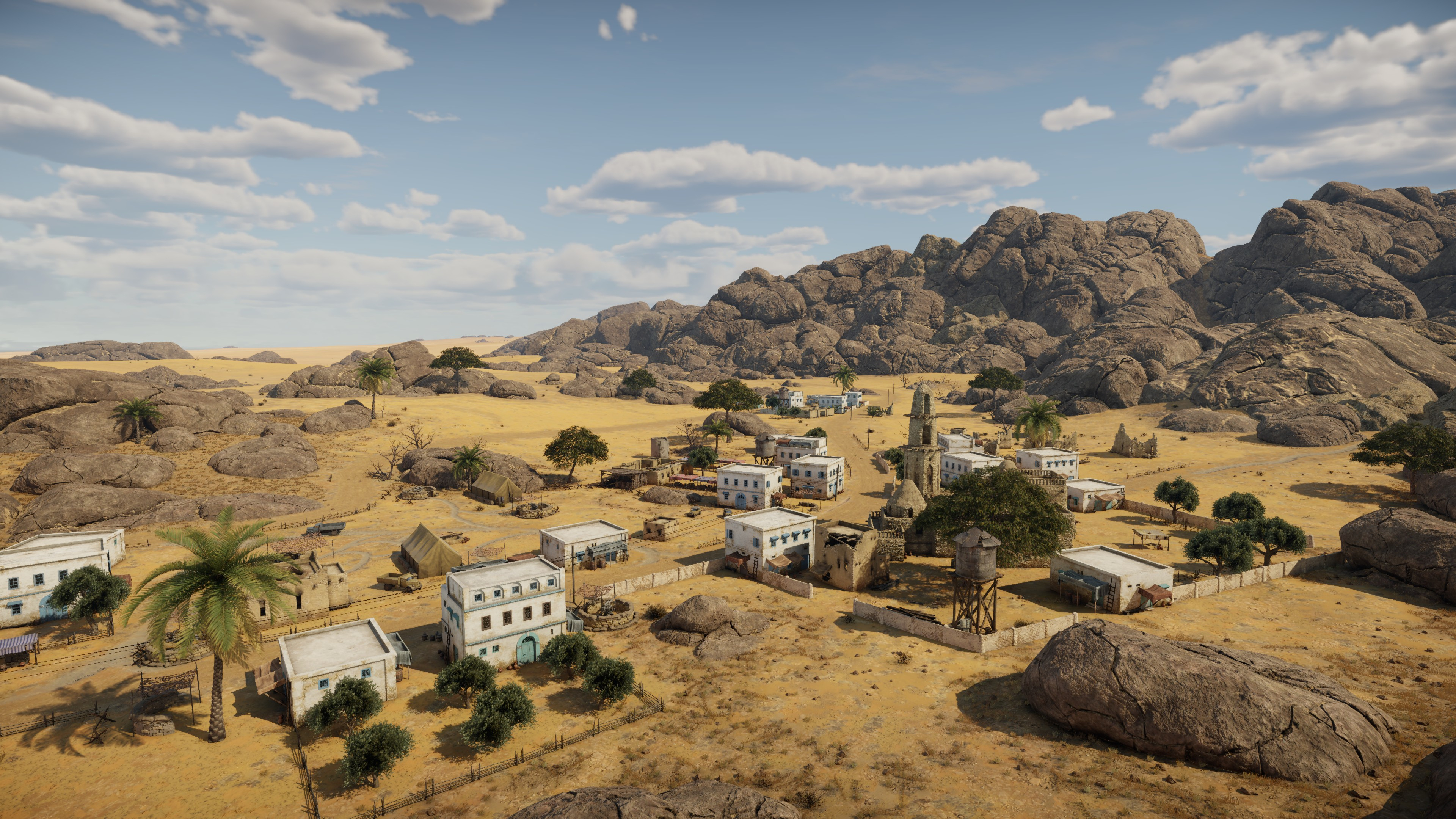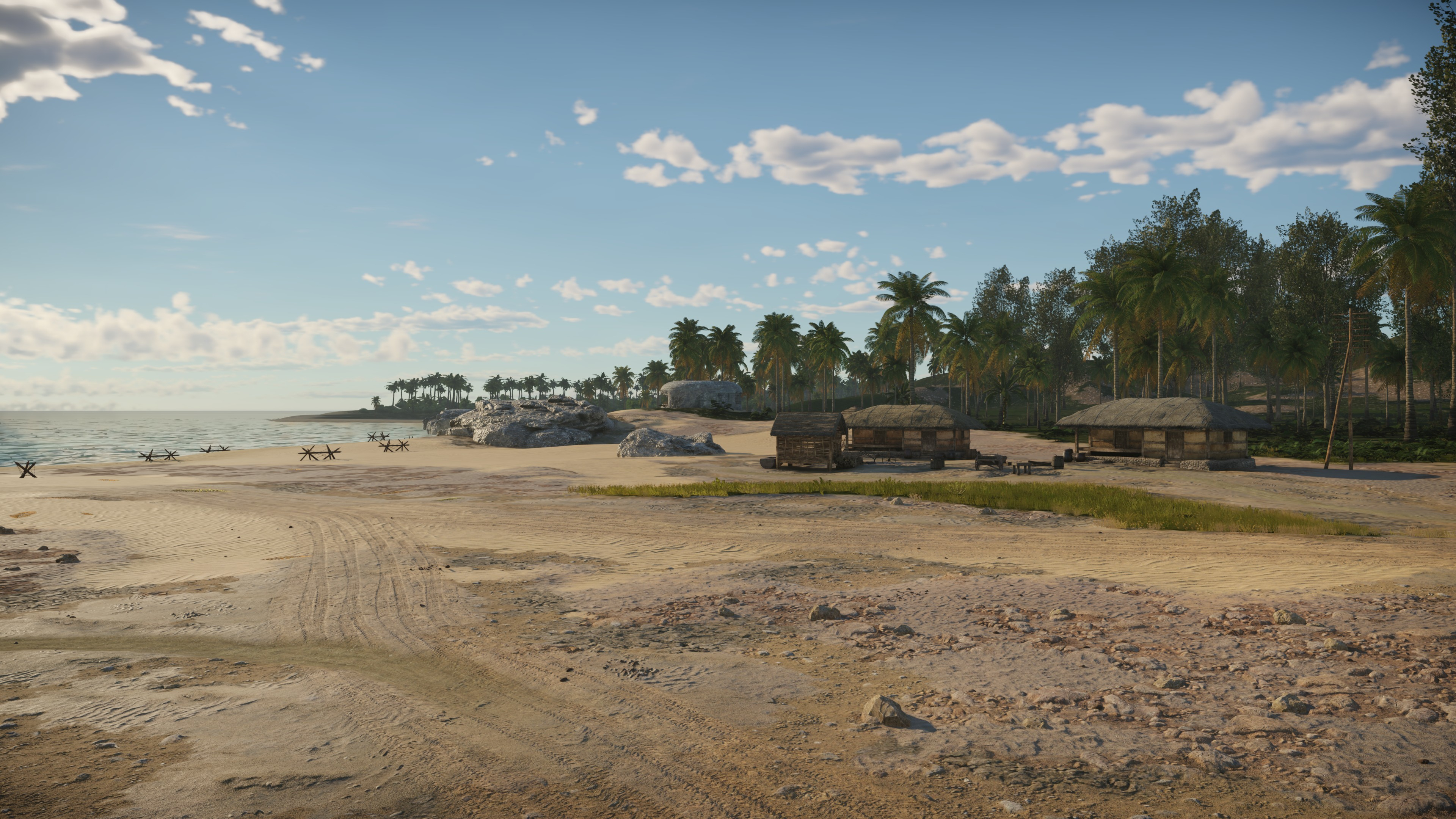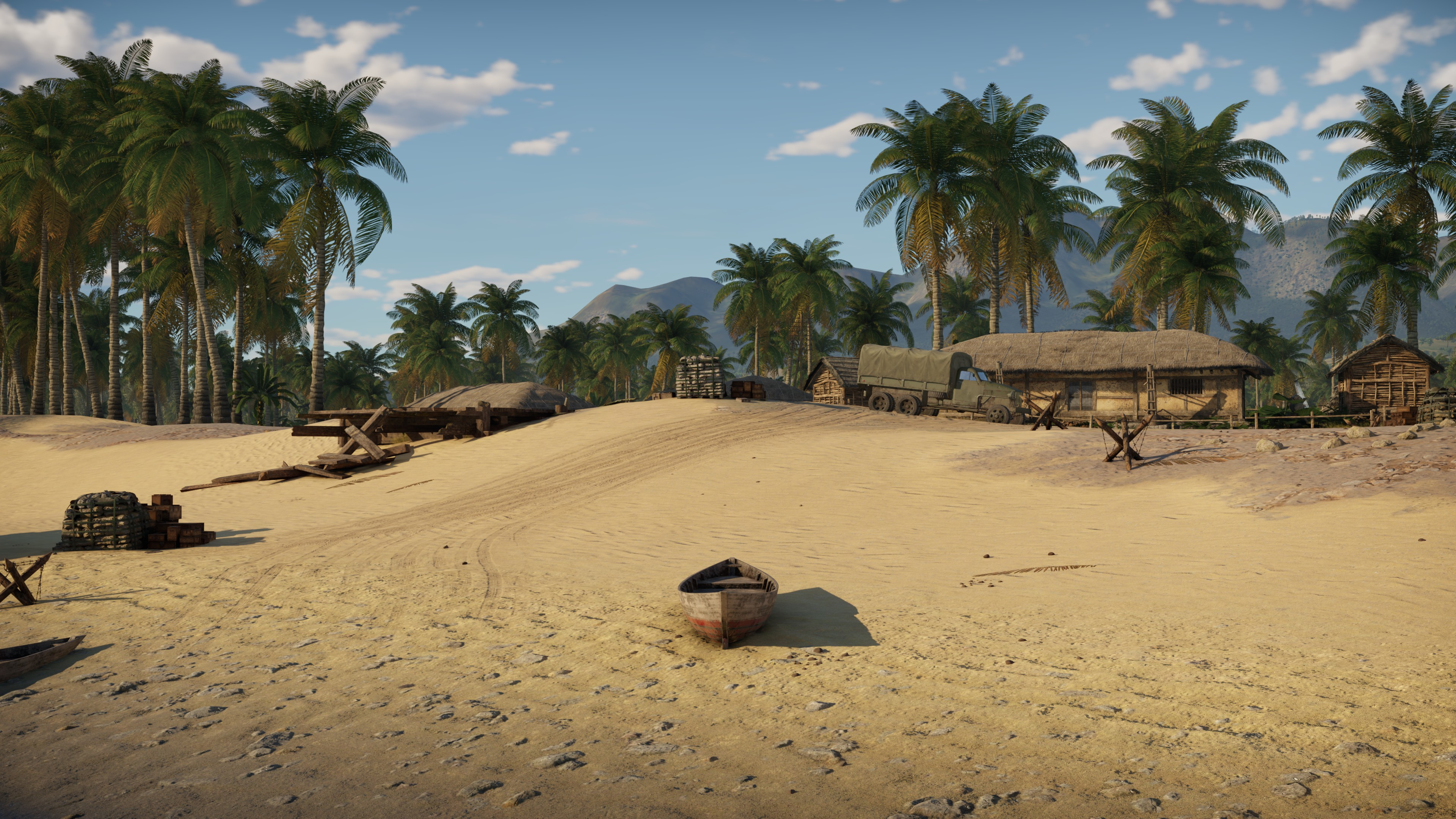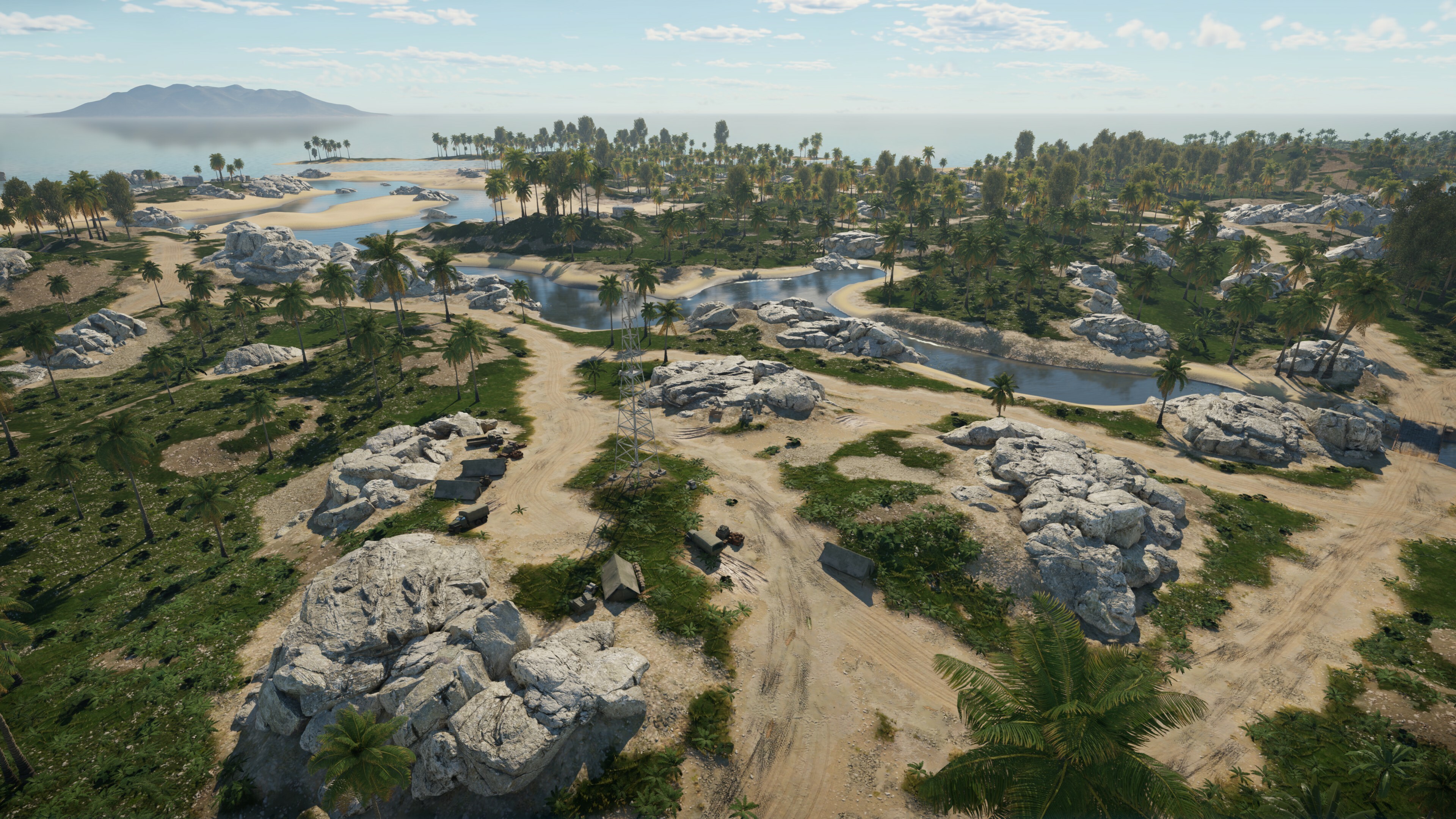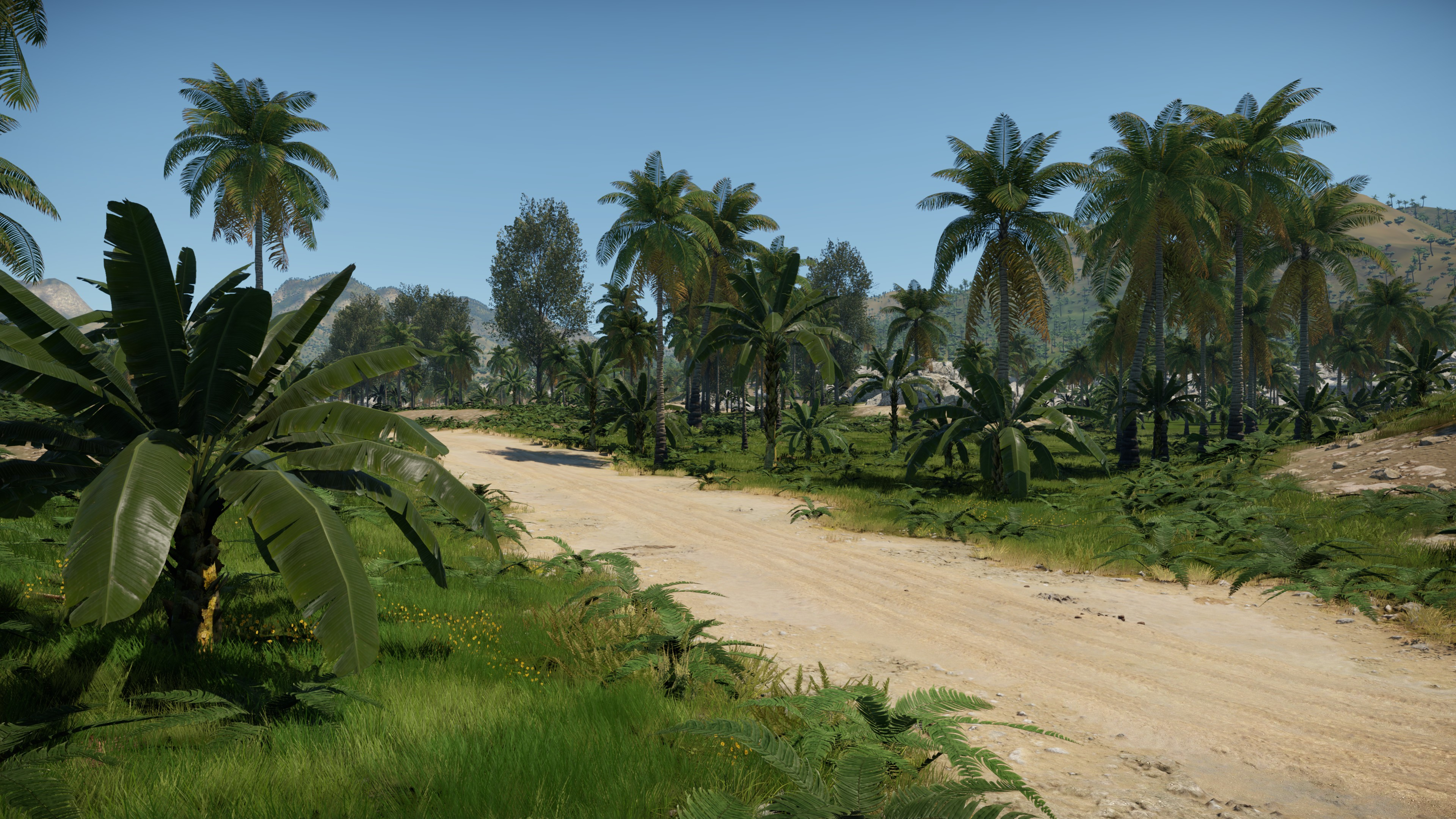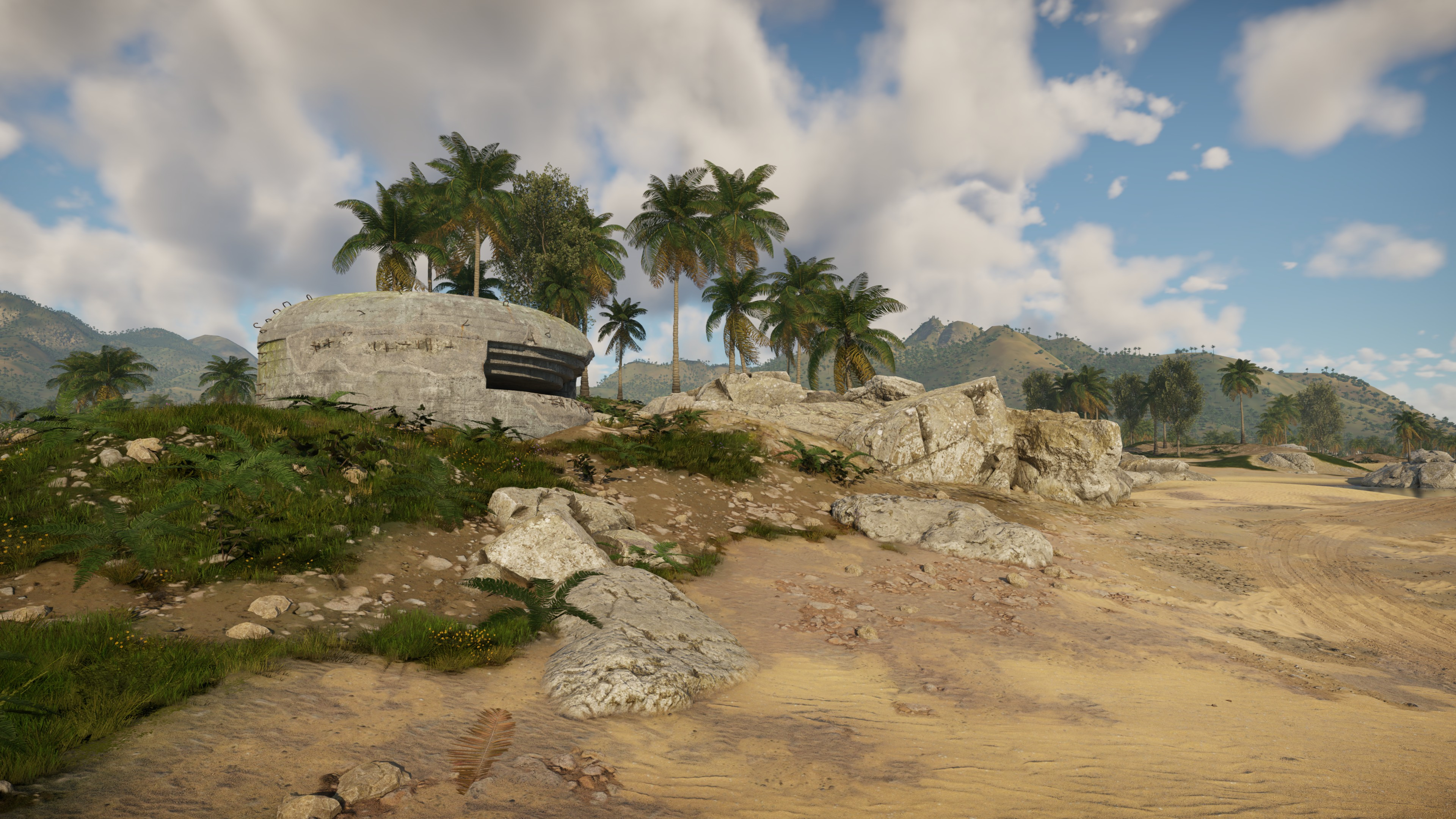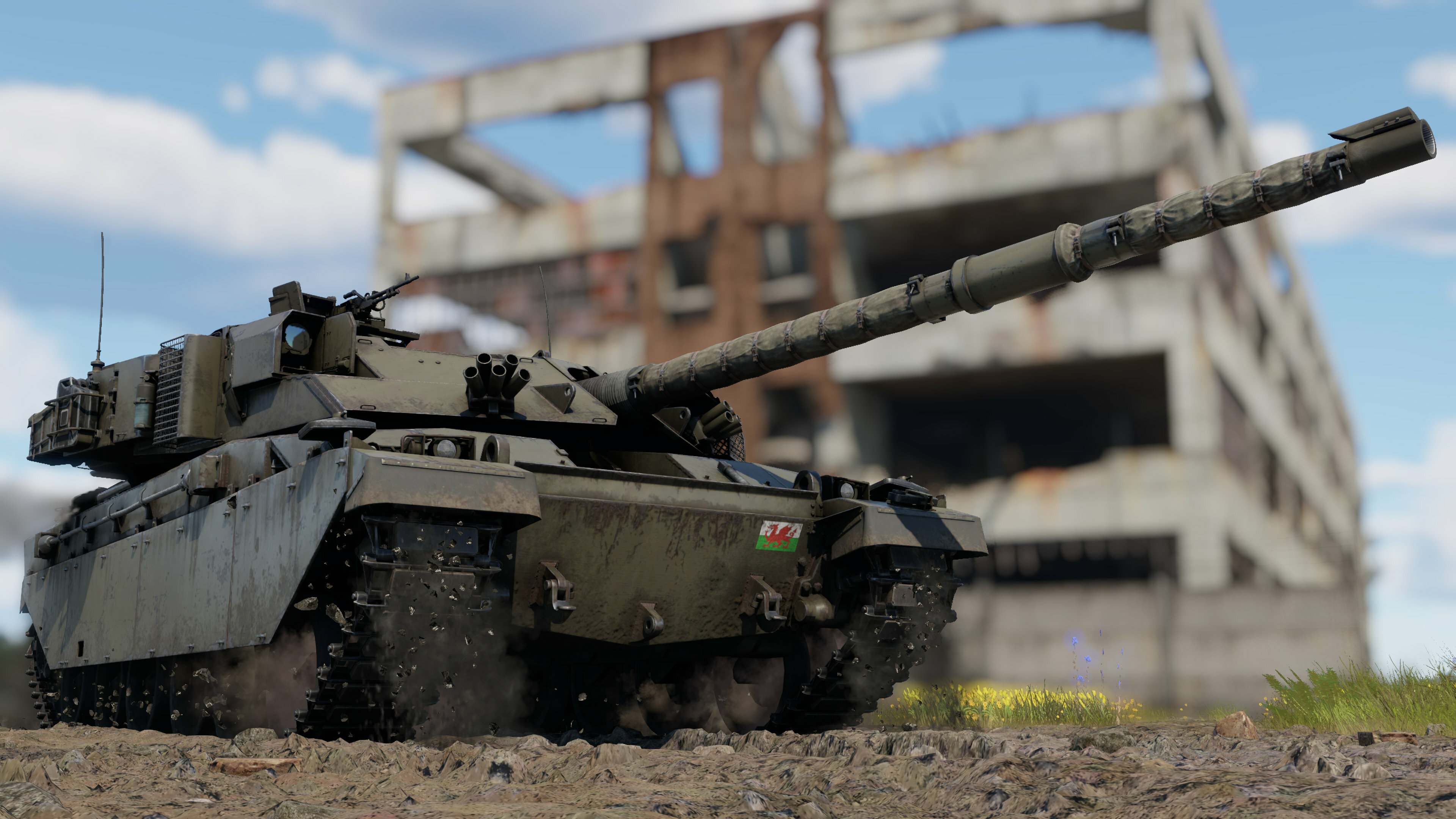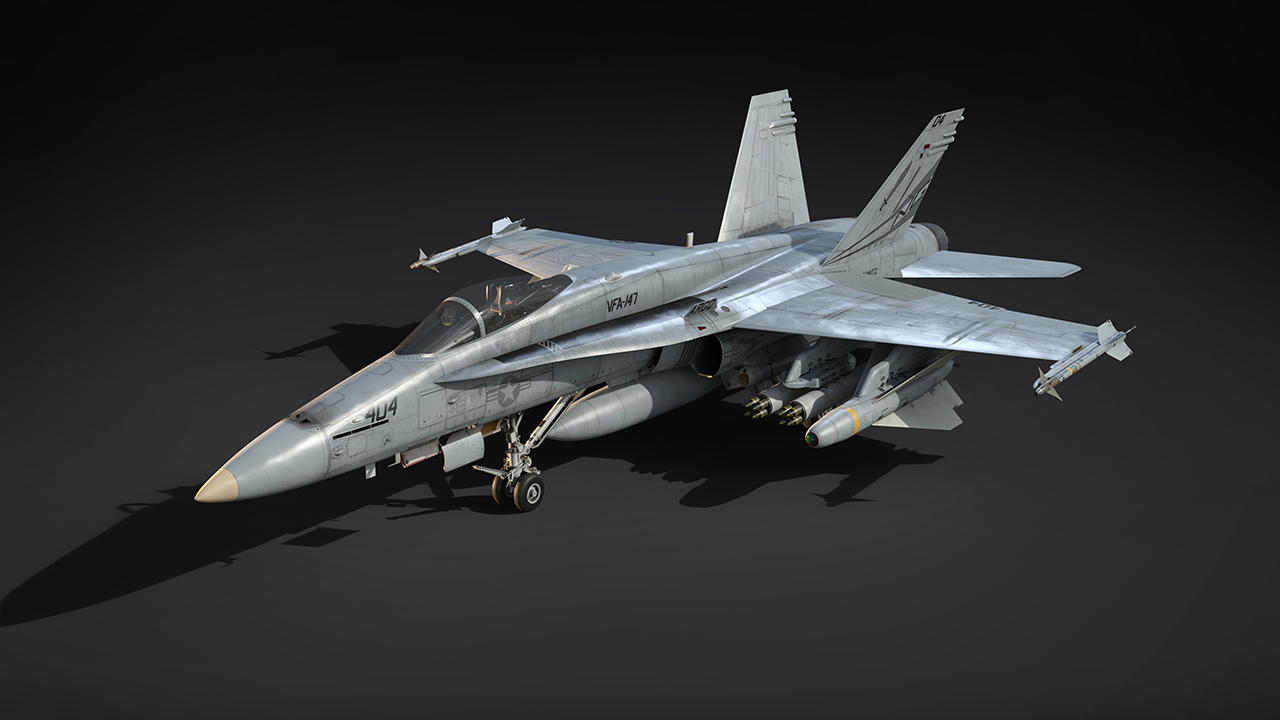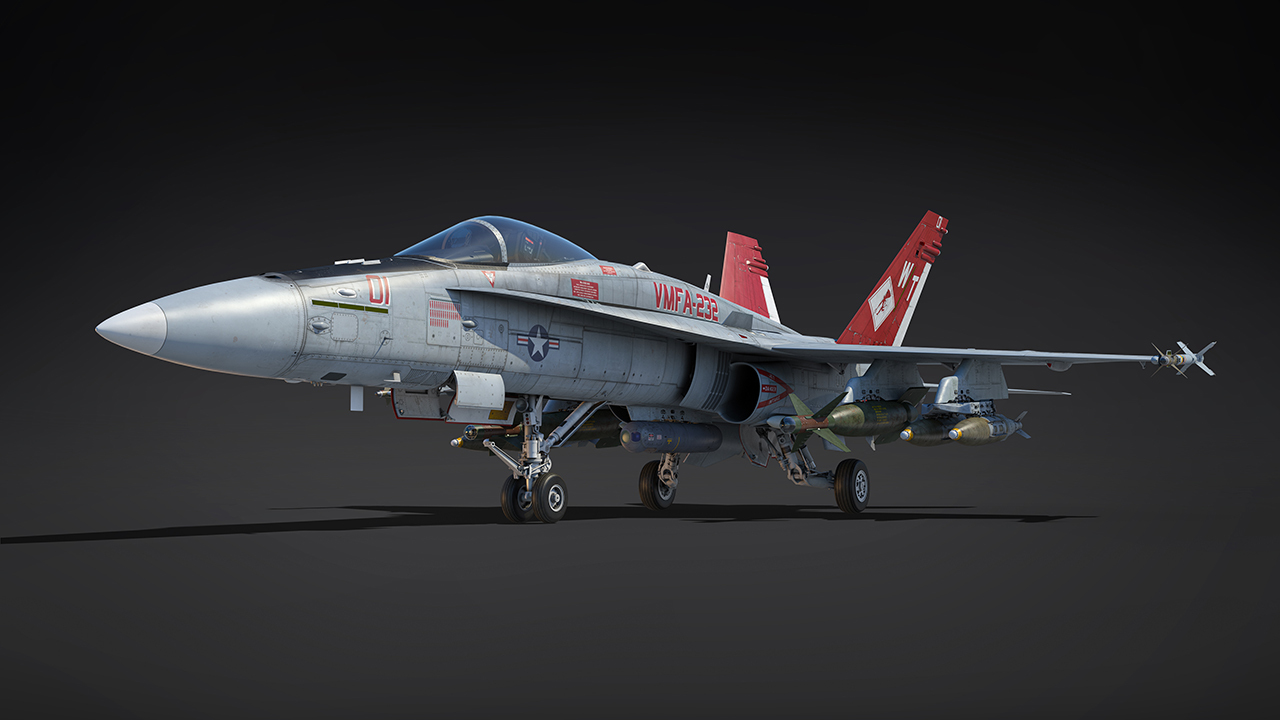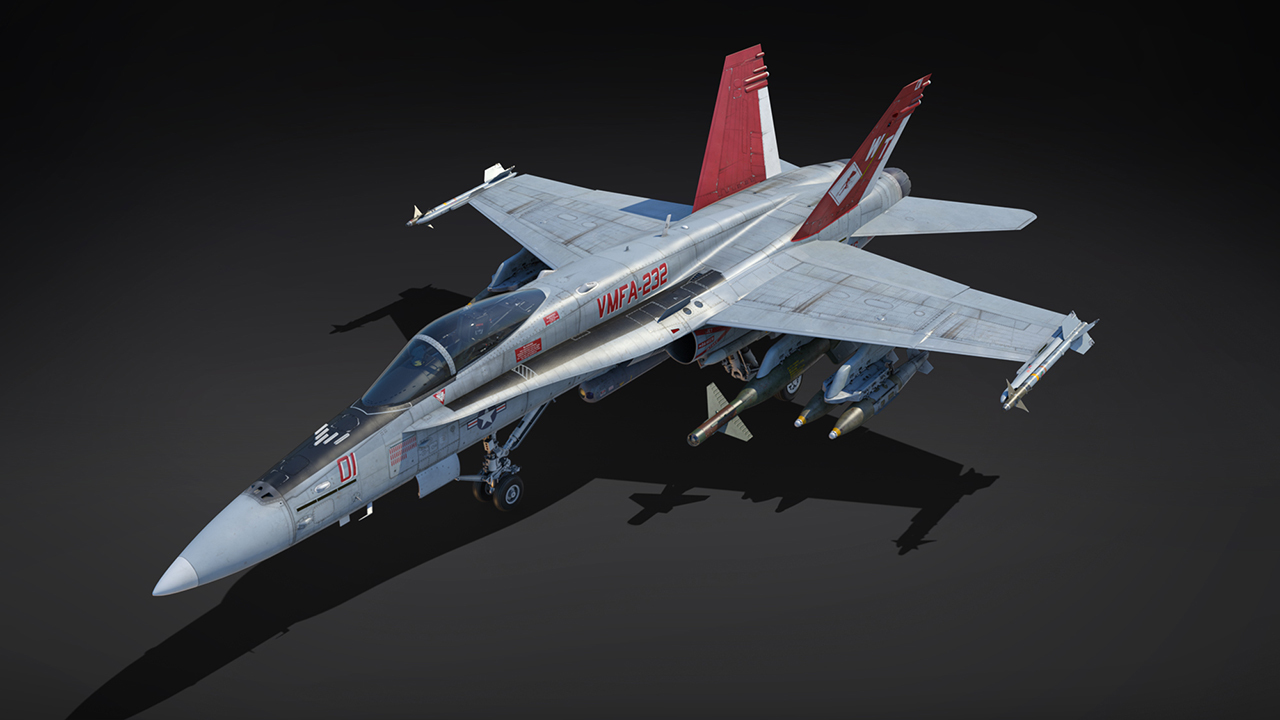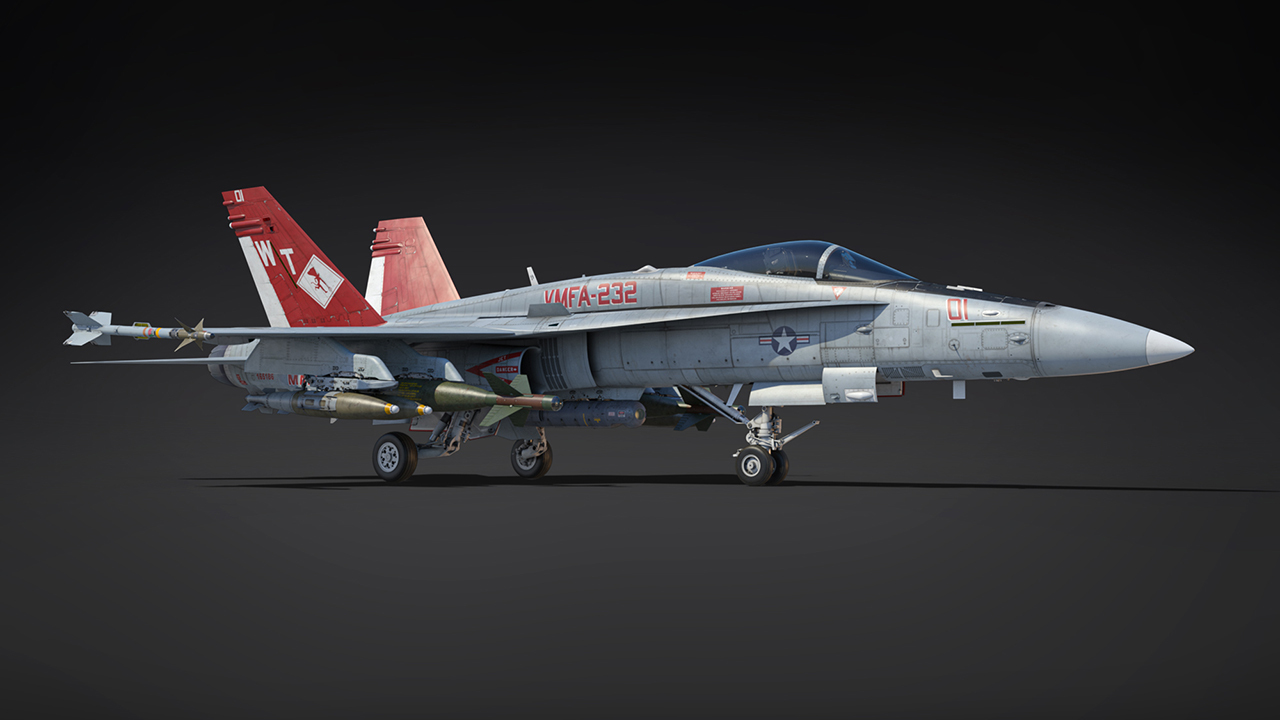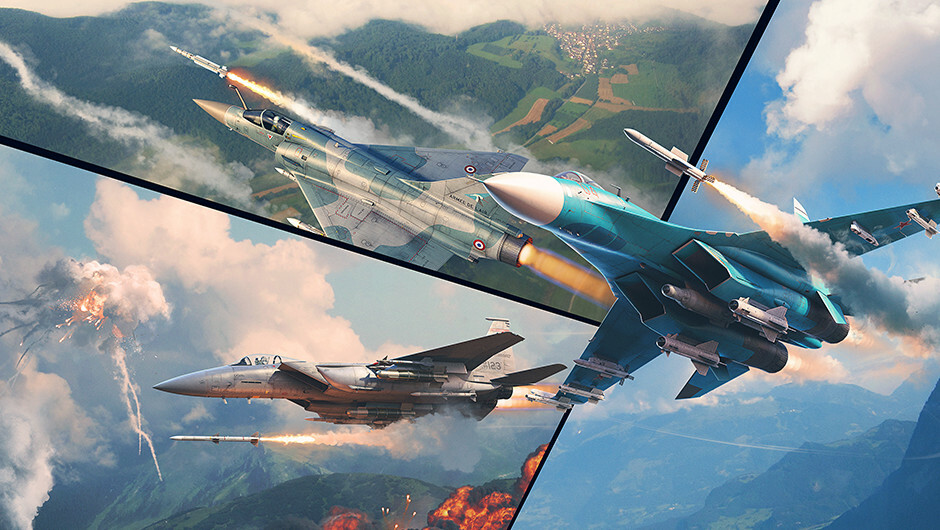
War Thunder - Blitzkrieg Wulf
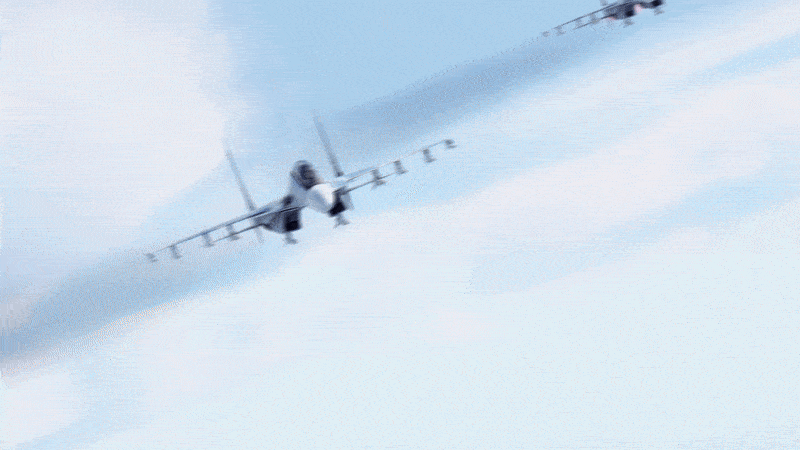
Let’s take a look at the Su-30SM, a modern Russian multi-role two-seat fighter jet coming to the Hornet’s Sting major update!
Su-30SM: A Jet Fighter for the USSR at Rank VIII
At a glance:- Up to 12 weapon hardpoints.
- Huge arsenal of available weapons!
- New R-77-1 ARH air-to-air missile.
- Thrust vectoring control.
[expand type=details]
During the further development of the Su-27 series of fighters, the introduction of a second crew member became necessary. This was to be the pilot-operator who could take control of weapons and navigation systems and if needed, have the ability to replace the main pilot on long-distance flights. For the development of a two-seater variant, the Su-27UB was picked to be modified. It received a new pilot-operator seat and numerous improvements to on-board avionics and weapon control systems.
In 1988, the aircraft entered testing under the designation of Su-30. Due to the difficult economic situation, it was decided to offer the new fighter to foreign customers, the first being India. Based on one of the fighter upgrades for the needs of India, a modification for the Russian Air Force was developed in the early 2010s. This was the new Su-30SM model that entered testing in September 2012 and by the end of the same year began to enter active units.
The Su-30SM is currently in active service with the Aerospace Forces and Naval Aviation of the Russian Navy and is also in service with Kazakhstan, Belarus, Armenia and Myanmar.
[/expand]
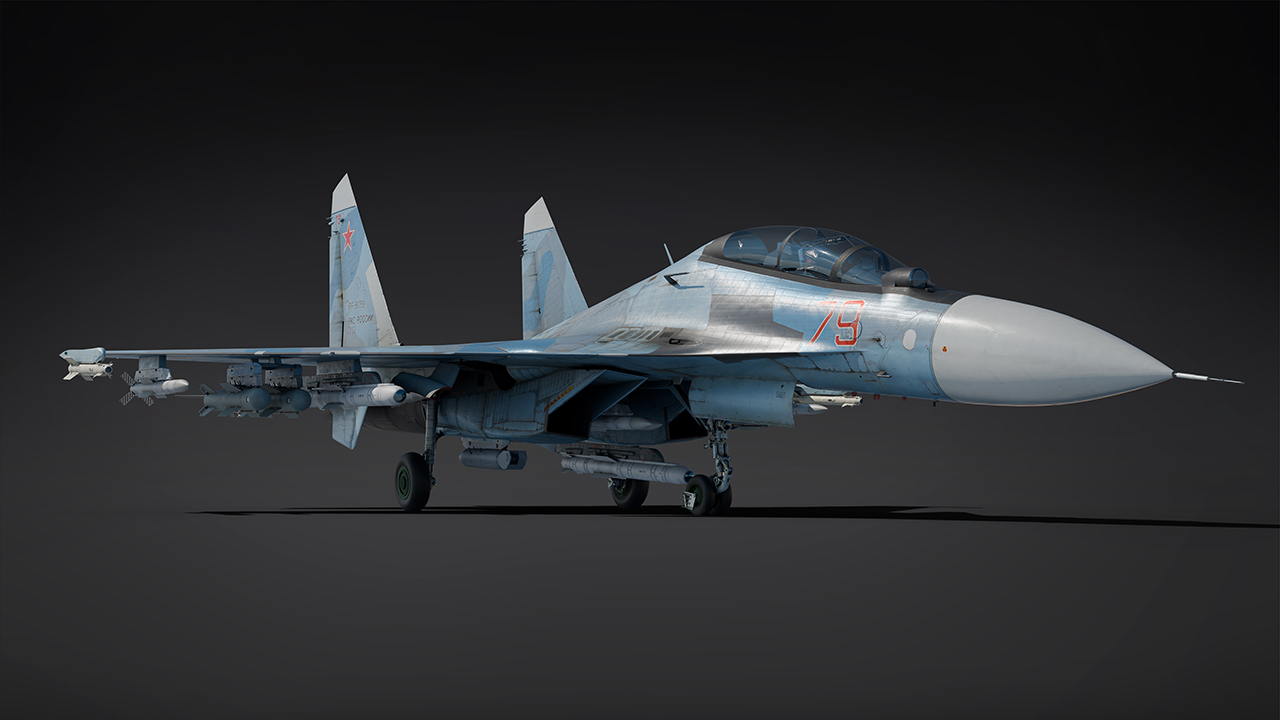
Introducing the Su-30SM!
One of the modern representatives of the Su-27 family is the two-seat variant of the Su-30SM, an advanced twin-engine fighter that’s currently in service with the Russian Aerospace Forces! This rather heavy and large-in-size multi-role fighter features a large payload and can accelerate to a maximum speed of about Mach 2, all while maintaining amazing maneuverability for its size. The Su-30SM also has the most advanced weapons among all USSR/Russian aircraft in the game. Let’s take a closer look!
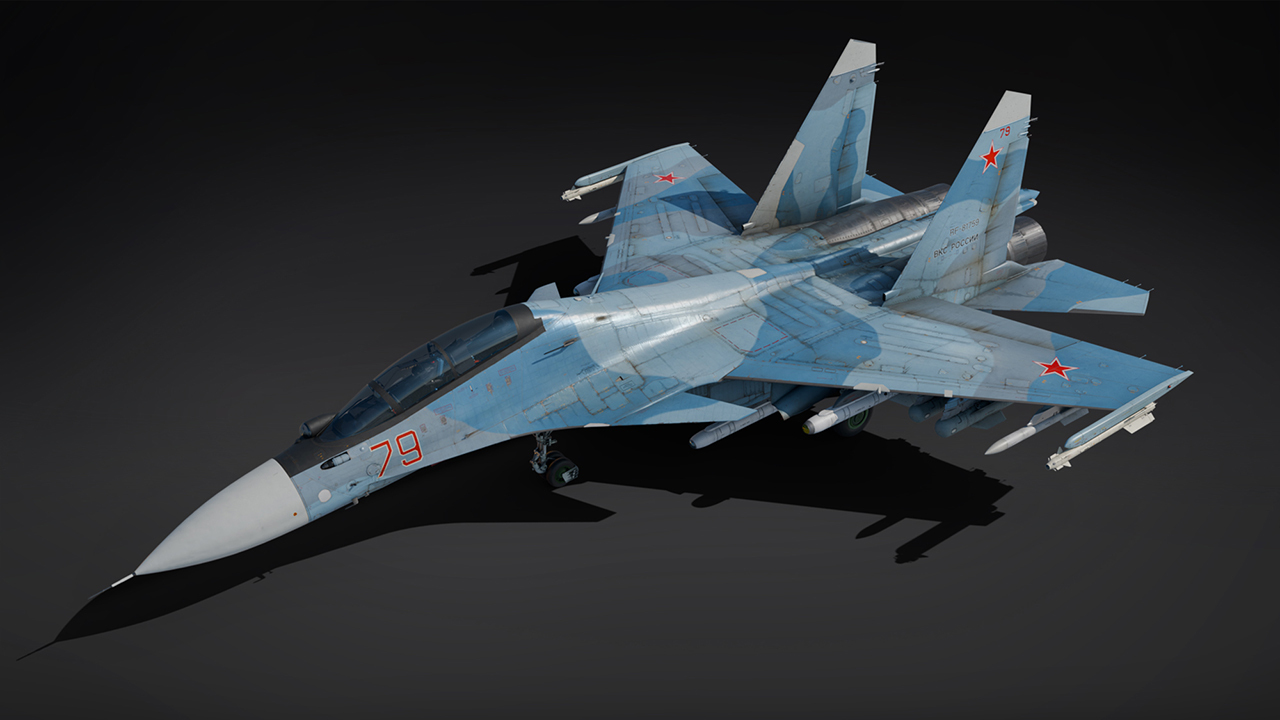
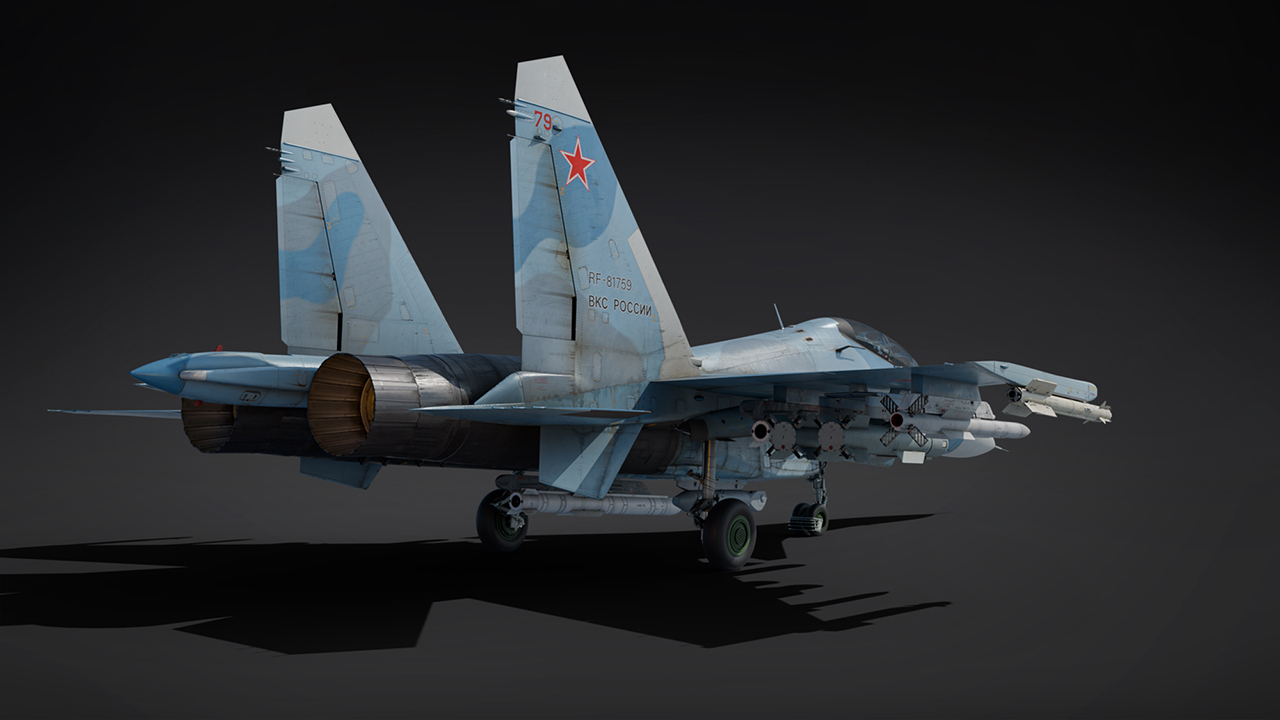
The Su-30SM may feel familiar as it continues on from the Su-27SM, but will offer some interesting new features both in terms of piloting and weapons. Let’s start with its flight characteristics. Equipped with the AL-31F engine that provides speed and climb rates that are comparable to the Su-27, these engines have rotating nozzles, opening up new possibilities in full control modes. They can change the direction of thrust — known as thrust vectoring — along all axes during maneuvers, improving controllability at extreme angles. When you use this aircraft in the Hornet’s Sting major update, you’ll be able to temporarily disable the limitation on going beyond critical angles of attack and enable control of angular speeds while in battle — but do it at your own risk! In simplified modes, the moving nozzles help a little during takeoff and vertical maneuvers, and slightly increase the sharpness of turns.
Interesting: The famous “Russian Knights” aerobatic team uses the Su-30SM for training and aerobatic demonstration performances.
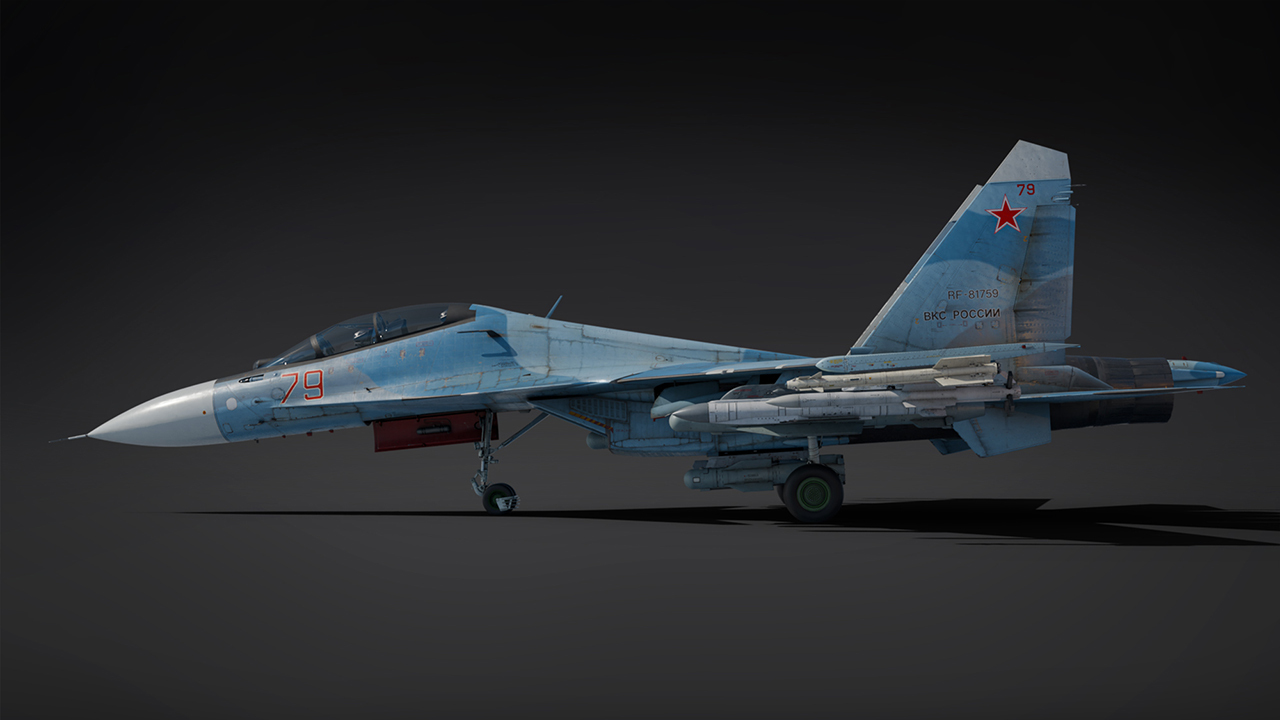
Moving on from flight performance, what about weaponry? The Su-30SM’s secondary weapons menu looks almost like a candy store for a sweet tooth: up to 12 hardpoints, a huge payload weight and countless combinations! Let’s start with weapons for air combat. The air-to-air missiles are mostly inherited from the Su-27SM, including the R-73, R-27ET and R-27ER with SARH homing head and inertial guidance system. Additionally there’s a new ARH homing missile, the R-77-1, featuring improved energy and an increased launch range.
In terms of weapons for use against ground targets, the available amount has become noticeably more diverse. Up first is the Kh-29L, Kh-29TD, Kh-38ML and Kh-38MT guided missile family from Sukhoi attack aircraft and bombers. Next, the KAB-1500Kr guided bombs have been supplemented by the small KAB-500Kr and the LG family bombs with a laser, satellite and inertial guidance KAB-250LG, KAB-500LG and KAB-1500LG, satellite-guided UPAB-500 and UPAB-1500 and the long-range Grom-2. To control these guided weapons, the Su-30SM features the new T220 targeting pod, the first targeting pod in the USSR aviation tree with wide viewing angles.
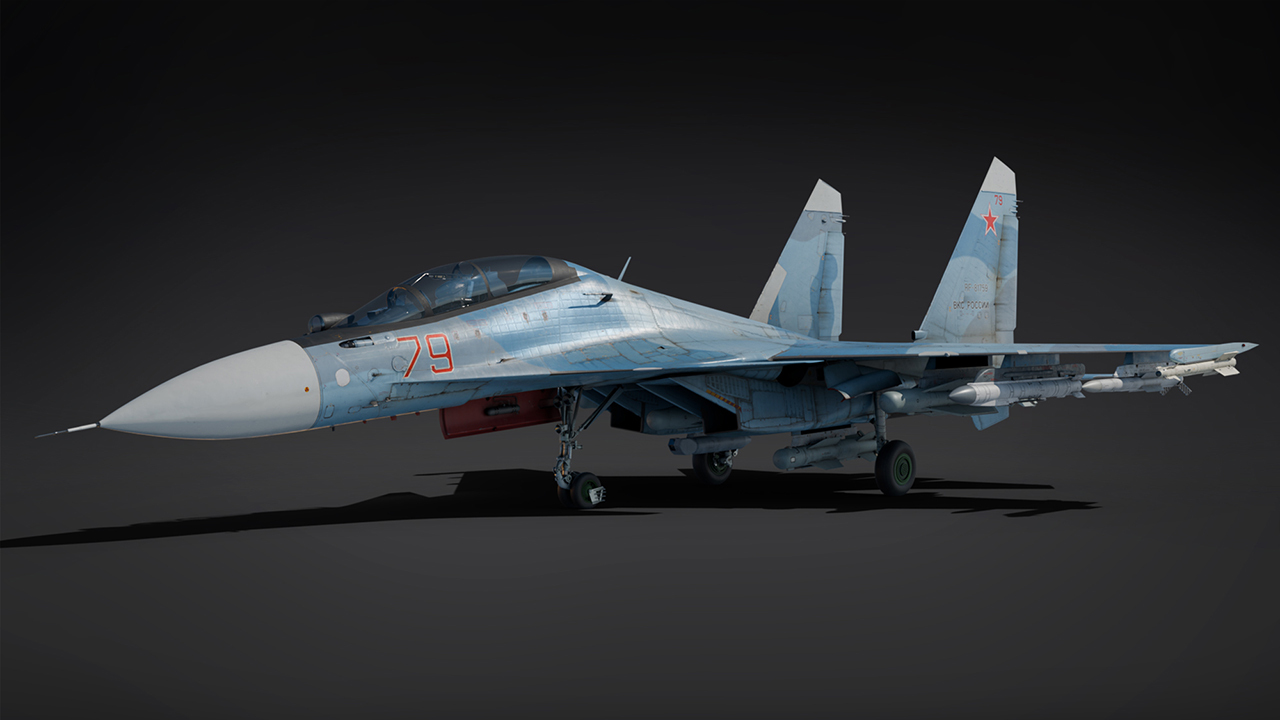
If for some reason you prefer old school or the mission objectives require attacking ground vehicles or destroying bases, then regular bombs come to the rescue! In addition to the above, there’s regular 100 to 1500 kg bombs, 500 kg parachute retarded bombs, 500 kg incendiary bombs, plus rockets including the large S-25. The icing on the cake is a modern radar with a passive phased array (PESA radar), providing fast target coordinate updates in TWS mode, an RWR and a modern cockpit with multiple multi-function displays (MFD).
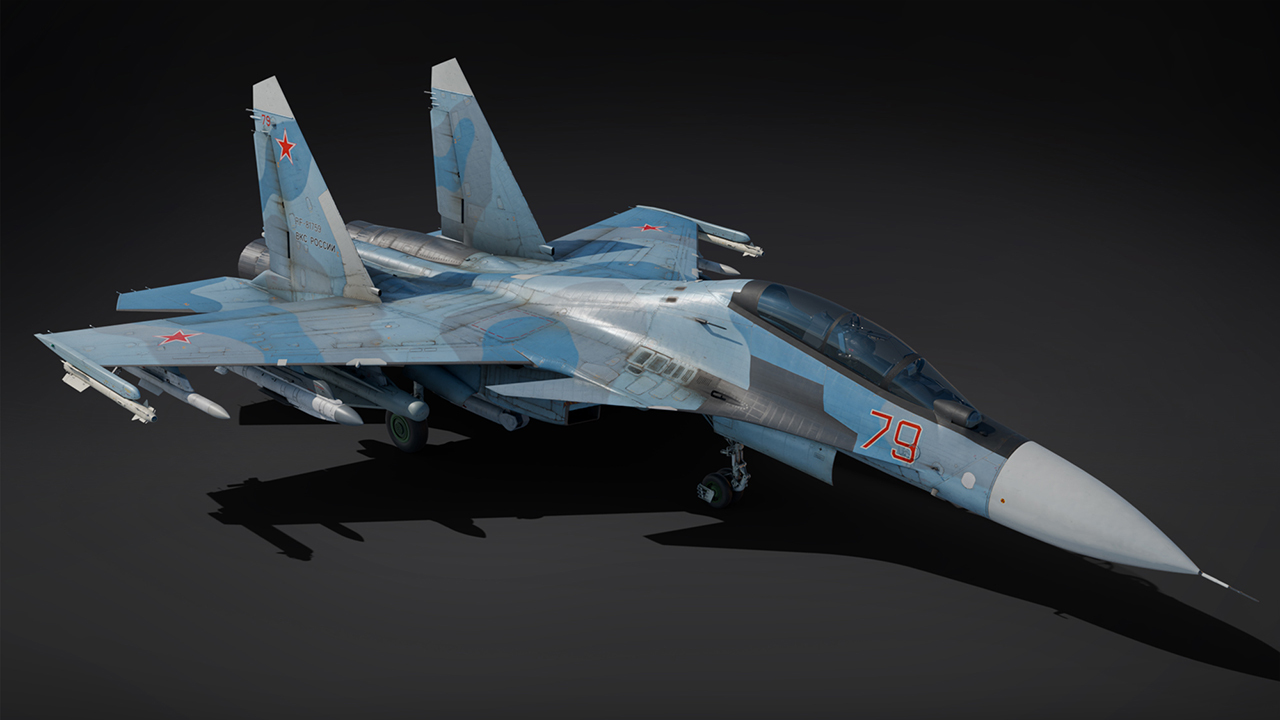
That’s it for today! The Su-30SM is ready to become the USSR’s new hero at the top aviation battles in War Thunder — make sure to give it a try when it’s released in the Hornet’s Sting major update!
Please note that this vehicle’s characteristics may be changed before it is added to the game.






